 It’s the start of the Fourth of July weekend celebrations, which will continue at least through the actual Fourth of July on Tuesday. There will be picnics, parties and fireworks galore! I will be kicking off the celebration with a bottle of Michel Chapoutier’s 2016 Les Vignes de Bila-Haut Pays d’Oc Rosé. If you have been following my stories, you might recall that I tasted and reviewed a 2015 Domaine de Bila-Haut “Les Vignes” Rouge and “Les Vignes” Blanc this past October. If not, let me give you a synopsis of Domaine Bila-Haut and winemaker, Michel Chapoutier. 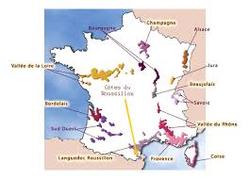 Domaine Bila-Haut is located in the region of Côtes de Roussillon, Languedoc, a wine region known for making top quality wines. It is in Southwest France, and very close to Spain. Michel Chapoutier is head of Maison M. Chapoutier. He is world-renowned and is one of Rhône’s most famous wine producers of Hermitage, Chateaneuf du Pape and Côte Rôtie to name just a few. He purchased the 190-acre Domaine Bila-Haut in 1999. It was a neglected property but showed promise with the land being a mix of schist, gneiss and clay. With Chapoutier’s knowledge, expertise and passion along with the climate of the Mediterranean, he turned the land into a perfect growing environment for Syrah, Grenache and Carignan. Bila-Haut wines reflect all of this. It is interesting to note that Bila-Haut was once a house of refuge for the Knights of Templar and their cross is used as the logo on Bila-Haut labels. Michel Chapoutier wanted to create a perfectly styled Rosé, so he changed the percentage of grape varieties (called cépage) in the wine to include Grenache and Syrah. The 2016 Les Vignes de Bila-Haut Pays d’Oc Rosé is a blend of 78% Grenache, 14% Cinsault and 8% Syrah. The color is a rich salmon with aromas of rose, peony and red berries with a whisper of orange. The palate is deliciously layered with juicy notes of strawberry, cherry and a hint of herbs. The finish offers lingering notes of citrus. This is a dry, refreshing, crisp wine that is beautifully balanced. Serve as an aperitif or with seafood, light pastas, cheese and fruit. Great value for the quality of this wine! Alcohol: 13% SRP: $15 I’ll be back next week! Have a wonderful holiday celebration! Happy Saturday!
Cheers! Penina To leave a comment or if you have an inquiry, please contact me at [email protected] While I was in Sicily a few months ago for Sicilia En Primeur 17, I spent a day at a walk around tasting of the 2016 vintages from forty-nine producers. I met many winemakers, listened to captivating stories and tasted an array of wines. While at the tasting, I met Gianluca Saladino, export manager for Fondo Antico winery who “poured” me an introduction to their delicious wines. Although I didn’t have the opportunity or time to visit the winery while in Sicily, Gianluca kindly brought Fondo Antico to my doorstep by sending me a variety of their wines when I returned home from my trip. 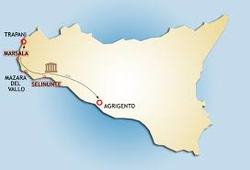 Fondo Antico winery was established in 1995 and is owned by the Polizzotti-Scuderi family that is now in its sixth generation of winemaking. The estate is located in the village of Rilievo, between Trapani and Marsala, in western Sicily. They have 80 acres of vineyards planted with vines such as Grillo, Nero d’Avola, Catarratto, Perricone and Syrah in addition to olive and lemon trees. Fondo Antico loosely translated means “ancient background” and refers to the winery’s history and strong tradition of making wine. Their logo is a branch of Corallium rubrum, (red coral) a local species of the Mediterranean that was considered a symbol for averting evil influences or bad luck and was also a source of local livelihoods between the 14th and 15th century. The coral preserves marine biodiversity and Fondo Antico protects the Sicilian native species and its territory, using eco-friendly practices. To quote the owner, Giuseppe Polizzotti: “…with the passing of time, this land has conquered me more and more every day, and I grew so fond of it that I eventually decided to follow in my grandfather's and my father's footsteps, the ancestors who understood that viticulture could be a form of income and livelihood for their families. This strong and generous land has always been suited to viticulture and my love for it brought me to learn the art of winemaking.” Today, I’m going to focus on the Grillo wines, which are Fondo Antico’s “calling card”. To recap from a previous story on Grillo: Grillo, one of Sicily’s best known grapes, is found throughout western Sicily and is noted for its citrus flavors, sweetness and mild acidity. Due to the grape’s high sugar levels, it is ideal for the production of fortified wines. And now because of the innovation of new winemakers, Grillo has a wide range of styles, from crisp and savory, to structured and mature. Fondo Antico’s Il Coro and Grillo Parlante are both made with 100% Grillo grapes, but they are very different in style. Il Coro has longer contact with the skins during fermentation and is aged in oak and acacia barrels for six months. Whereas, Parlante is soft pressed, has less skin contact and is aged in stainless steel tanks and in the bottle. Il Coro di Fondo Antico 2016 is golden in color with enticing aromas of fresh citrus, fruit, spice and subtle hints of wood. The palate offers a creamy texture of apricot, citrus, flowers and hints of tropical fruit giving this wine an unusual richness. Drink as an aperitif or with most any food. Alcohol: 14% Grillo Parlante 2016 is pale yellow with a lovely scent of fruit, flowers and citrus. The palate is beautifully balanced with layers of citrus, pineapple, pear and hints of lemon zest on the finish. This is a fresh and lively wine that will pair well with seafood, pastas, cheese and fruit. Grillo Parlante translated means “talking cricket”. The cricket on the label symbolizes and “gives voice to the flavors of the Grillo cultivar”. Alcohol: 12.5% I have four more Fondo Antico bottles to open and much more to share with you about this winery, the winemaker and their collection. Another story about Fondo Antico to follow soon!
Cheers! Penina To leave a comment or if you have an inquiry, please contact me at [email protected]  The summer solstice is upon us. And what better way to welcome the longest day of the year than with some wine from the Côtes-du-Rhône. The Côtes-du-Rhône vineyards, located in Southern France, extend from Vienne to Avignon and include 171 vineyards. The region enjoys a Mediterranean climate conducive to grape growing that also reflects in the characteristics of the wine. Ferraton Père & Fils estate is located in Tain l’Hermitage and was founded in 1946 by Jean Orëns Ferraton. His son Michel, inheriting the same passion as his father, introduced the first Hermitage, Crozes-Hermitage and Saint-Joseph wines to the world. Michel Chapoutier, a highly regarded winemaker and close friend of the Ferratons’ introduced organic viticulture to the vineyards in 1998 and he eventually formed a partnership with the Ferratons. By 2000, all of the vineyards were converted to biodynamic farming and are now certified organic. What began in 1946 as a .3 hectare estate (some of these vines still produce fruit), Ferraton now has an annual production of about 350,000 bottles. The Samorëns Blanc 2016 is a beautiful blend of 35% Roussanne, 30% Viognier, 25% Grenache Blanc, 5% Clairette and 5% Marsanne. The color is pale straw with a floral and stone fruit bouquet. The palate offers citrus, pear and apple. This medium-bodied wine is fresh and nicely balanced with a crisp floral finish. Drink as an aperitif or with light summer fare. Alcohol: 13.5% SRP: $14 The 2016 Samorëns Rosé is made with 50% Grenache, 30% Syrah and 20% Cinsault. The color is a festive salmon pink with subtle aromas of flowers, red berries, peach and melon. The palate is soft and subtle as well, offering stone fruit, watermelon and hints of citrus zest and vanilla on the finish. This is a perfect sunset rosé!
Alcohol: 13.5% SRP: $14 These are fun wines to drink over the summer…and summer is here!! Happy Wine Wednesday! Cheers! Penina To leave a comment or if you have an inquiry, please contact me at [email protected] My son recently visited Bermuda for a long overdue vacation. While there, he discovered The Bermuda Rum Swizzle, considered one of the national drinks of Bermuda. So, of course he brought back a bottle of Goslings “The Original” Rum Swizzle ready mixed version for me to try. 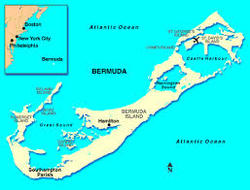 Bermuda is a British overseas territory situated in the Atlantic Ocean, about 665 miles from North Carolina. Famous for its pink sand, tropical climate and crystal blue ocean, Bermuda is also known for its rum. Back in 1806, James Gosling, son of wines and spirits merchant William Gosling, set sail from England and landed in St. George Bermuda. In 1824 with his brother Ambrose, they rented a shop in Hamilton where they maintained a store for 127 years. In 1860 the first oak barrels of rum distillate arrived in Bermuda, where after much experimentation in blending took place, a unique black rum was formulated and offered for sale. This black rum was sold from the barrel and ultimately called Black Seal after WW One. Today the company is run by the seventh generation of Goslings. The Original Swizzle Inn Brand Rum Swizzle is a rum-based cocktail made with Gosling’s Black Seal Rum, Gosling’s Gold Bermuda Rum, pineapple and orange juice, sugar syrup, Triple Sec and lemons. Jay Correira, proprietor of the Swizzle Inn, claims the Swizzle drink was invented at the Swizzle Inn pub in 1932. Goslings offers a ready mixed version, but I just found out that it is no longer available in the US. Although I’m not a big fan of fruity alcohol drinks, this caught my attention. The blend definitely tastes of more rum than fruit! The nose is very aromatic and the palate is a rich blend of spice, bitters, subtle fruit flavors and a hint of vanilla. Alcohol: 19% If you don’t want to make the trip to Bermuda, here is the recipe for the Bermuda Rum Swizzle:
Fill a pitcher with cracked ice and add the following ingredients: 4oz Goslings Black Seal Rum 4oz Goslings Gold Bermuda Rum 2oz Triple Sec Juice of 2 lemons 5oz Pineapple Juice 5oz Orange Juice 2oz Bermuda Falernum or simple sugar syrup 4 dashes of Angostura Bitters Shake vigorously until frothing head appears. Strain into glasses. Enjoy! I’m off to find Goslings Black Seal and Gold Bermuda Rum, which I’m happy to say, is sold in the US! Cheers! Penina Last week I was transported to Madeira Island for a few hours where I participated in a Madeira wine seminar and walk around tasting. It was an informative and detailed seminar covering history, the region, grape varieties, vinification and aging process. In addition, my palate was treated to some very noteworthy Madeira wine ranging in style and age. Madeira is a Portuguese archipelago located in the North Atlantic Ocean, southwest of Portugal and off the northwest coast of Africa. It is known for its fortified wine called Madeira bearing the island’s name. These wines are aged under heat and noted for their high levels of acidity. Forty-seven percent of the island is forests and mountains. There are 500 hectares of vineyards on the island with eight producers and 2000 growers! Six of the producers export to other countries. The average vineyard size is about one acre, with the largest being thirty acres and the smallest only three vines! Due to its mountainous topography, vineyards are terraced and supported by stonewalls. Some of the terraces begin at sea level and climb up to the edge of the mountain, not unlike the vineyards of Pantelleria Island that I recently visited in Sicily. Grapes are harvested by hand due to the steep slopes. The soil of Madeira is of volcanic origin and rich in acidity. The soil combined with the sea, hot, humid summers and mild winters add to the uniqueness of the wine. The history of Madeira wine is long and one could write a book about it. An interesting note, John Adams, Benjamin Franklin and Thomas Jefferson, in addition to several U.S. presidents such as George Washington, were connoisseurs of Madeira wine. In fact, Madeira wine was served to celebrate the Declaration of Independence, 1776! Madeira wine has existed for more than five centuries, but I am going to give you a very condensed version starting in the 17th century with exportation of the wine. Transportation of Madeira wine to various regions including the U.S. was made in the hold of ships. Because the holds reached very high temperatures when passing through the tropics, it was discovered that when some of the wines returned to Europe, they had greatly enhanced in quality and complexity due to the hastened aging process from the heat! Once this was discovered, barrels of Madeira wine were purposely sent to the Indies to quicken the aging process and valorize the wine. This “round trip wine” became the famous “Vinho da Roda”. Madeira wine producers in the mid 18th century were motivated by the positive effects made by the Round Trip Wine and invested in a technique called “estufagem” that produced the same effect by using direct heat, circulation of hot air or water steam that circulates in copper inside the wine. The Estufagem method is used today along with the Canteiro process that is used for the more expensive wines made from the noble grapes as well as the Terrantez grapes. With the Canteiro process, wines are aged in ancient barrels on top floors of warehouses where they rest on wooden support beams. The slow warming of the wine and influence of the wood give the wine its unique character and flavor. These wines can age for more than 100 years and still maintain their uniqueness. In fact, once a bottle of Madeira is opened, it will keep for years to come without losing flavor. Most wines will oxidize once opened, but Madeira wine endures and will still taste fresh for a very long time! I’ve heard stories of Madeira wine that were recently opened and some date back to the 1700s. The wines were quite vibrant! Here is a run down of the grape varieties on the island. The first four varieties listed are the noble grapes. Sercial grapes produce a dry, crisp wine. Verdelho is another white variety that produces medium dry wines that tend to be tropical. Boal is medium sweet, more complex and quite aromatic. Malvasia (Malmsey) produces sweet, full-bodied wines with honey and spice and is the richest and sweetest style of Madeira. Tinta Negra is used in more entry-level wines but is quite versatile in producing dry to sweet wines and produces stronger tannins. The wines at the seminar ranged from a 3 year old blended sweet wine to a 50-year-old Terrantez wine. All six wines that we tasted had a common theme of raisins, figs and nuts and varied in intensity and sweetness. The Verdelho 15 Year Old, Colheita Malmsey 1999, Verdelho 1973 and Terrantez 50 Year Old offered more layers of dried fruit, spice and richness. All the wines were quite amazing. After the seminar, we did a walk around tasting with six producers. I will talk about these producers in future posts, as each one has a unique story. When shopping for Madeira wine, pay attention to the label. It will give you origin, grape varieties, dated vintage (if it exists) alcohol and sugar content.
Every bottle of Madeira wine is marked with a “sweetness” level on the wine label ranging from Dry, Medium Dry, And Medium Sweet to Sweet. Alcohol content ranges between 17% and 22% Madeira wines, depending on the sweetness, complement a wide variety of food from cheese and fruit to desserts. There are truly no words to describe the aromatic bouquet and intoxicating mouthfeel that Madeira delivers. Madeira wine needs to be experienced. Go forth and find! Cheers! Penina In anticipation of attending a South American wine tasting this week, I recently opened a bottle of Chilean and Argentinian wine to whet my palate! Both wines are perfect to serve as aperitifs or as an accompaniment to a summer meal. These are very food friendly wines and the price to value ratio can’t be beat! The Casillero del Diablo Rosé 2016 is from Chile’s Central Valley. The wine is mostly Shiraz grapes with a touch of Cinsault and Carmenere blended in. The color is pink salmon with lovely aromas of strawberry, cherry and melon. The palate offers juicy blackberry with hints of spice and vanilla. This is a dry and refreshing rosé with a touch of citrus zest on the finish. The bottle is pretty and festive. SRP $11 If you would like to learn more about Casillero del Diablo and the winemaker, please read my story at: Day 518 "The Devils Locker" http://thewineknitter.com/1/post/2016/09/day-518.html Skipping over to the other side of the Andes, I opened a bottle of Trivento White Orchid Reserve Torrontés 2016 from Mendoza’s Uco Valley in Argentina. Torrontés is one of the country’s most widely planted white grape varieties. This is an interesting blend of 85% Torrontés and 15% Pinot Grigio. The color is pale straw. It is a slightly dry wine with a rich bouquet of flowers and tropical fruit. The palate is layered with pineapple, apple and subtle notes of citrus. The wine has a long finish and is crisp and refreshing. Alcohol: 12% SRP: $11 If you would like to learn more about Trivento wine and the winemaker, please read my story at: Day 564 http://thewineknitter.com/1/post/2017/03/day-564-triventos-malbec.html  I have many countries to visit this week and lots of wine to taste. I’ll be back soon to share my adventures. Happy Monday!
Cheers! Penina Perhaps my use of the term “magical” is played out, but I can’t seem to come up with a better description of the three days I recently spent as a guest of the Rallo family of Donnafugata in Sicily. This is not my first story about Donnafugata and their delicious wines, but it is my first visit to their wineries and vineyards at Contessa Entellina, Marsala and Pantelleria. With a family history of making wine dating back to 1851, Giacomo Rallo (fourth generation) and his wife Gabriella created Donnafugata in 1983. Giacomo, who sadly passed away in May 2016, is considered a pioneer of a new generation of modern winemaking in Sicily, seeking a quality-based approach to winemaking and promoting the island’s cultural heritage. His wife Gabriella is a pioneer in her own right, being the inspiration and author behind most of the Donnafugata labels. The labels are quite whimsical and pay homage to various works of art and literature. The name Donnafugata means “woman in flight” and refers to a piece of literature called “Il Gattopardo”. The story is about a queen who found refuge in the part of Sicily where the company’s vineyards are located today. This image and logo capture the very essence of Gabriella. In 1990, their children José and Antonio joined them at Donnafugata with José as head of management control & communication and Antonio as a dedicated agronomist, winemaker and head of the Consorzio Sicilia DOC. Together, the Rallo family has dedicated themselves to eco-sustainable management, biodiversity and paying special attention to their carbon footprint. My adventure began at Contessa Entellina along with three other journalists. In addition to seeing José Rallo again and meeting her spirited team of Baldo and Laura, I had the honor of being introduced to and spending time with Gabriella Rallo. After a lovely dinner and much needed sleep, we were ready to begin our tour of the vineyards the next day. Contessa Entellina is located in the heart of western Sicily. It is comprised of 270 hectares of vineyards and a 9 hectare olive grove. In addition to growing many indigenous grape varieties such as Ansonica, Grillo and Nero d’Avola, several international varieties are grown here as well. Grapes like Cabernet Sauvignon, Merlot, Chardonnay and Viognier are conducive to the climate of the Mediterranean. We had an in-depth tour of the vineyards led by Antonino Santoro, Donnafugata’s winemaker. He explained the pruning methods used, the more common being the spurred cordon pruning (leaving 6 to 10 buds per plant) and pruning with Guyot training which limits the vine’s lignified growth to the trunk. The vines grow in clay loam soil, which gives the grapes their unique characteristics. A slide show is below. In addition to our tour, we had the opportunity to sit with Antonino and José to taste the 2016 Anthilia and Sur Sur, the 2015 Vigna di Gabri and Sherazade and the Tancredi 2006 and 2012. All the wines were very good, but I especially enjoyed the Anthilia which is predominantly Catarratto grape. It has a beautiful fruity bouquet with a palate of stone fruit, soft citrus and the sea. The Vigna di Gabri is primarily Ansonica grapes. It has great intensity blended with herbal and citrus notes and a burst of floral on the finish. This is a wine that Gabriella wanted to create, believing in the “full-flavored fragrance” of Ansonica. This is a delicious wine! We had a delightful lunch outside while enjoying the beauty around us. A bottle of Kabir was opened at the end of the meal. This is a naturally sweet wine made with Zibibbo grapes, which I will be discussing when we land in Pantelleria. The wine is very aromatic with floral, citrus and stone fruit and herbs that carries over to the palate and is beautifully balanced. After lunch, I walked around the property with Gabriella as she proudly pointed out all the trees and bushes that she personally planted so many years ago. My admiration for her definitely accelerated! As you go through the slide show, I think you’ll see why. Before we said our good-byes to José, Gabriella and Antonino, José, who is also an accomplished singer, sang a little song for her mother. It was a very special moment. Here is the video… The other journalists and I departed with Laura and Baldo for our next stop to the ancient family cellars in Marsala where the bottling and aging process take place. On our way there we did a little scenic sightseeing and stopped at the Salt Pans located between Trapani and Marsala. These are Europe’s oldest salt marshes. In the photos, you can see the windmills that are used to drain the water from the pans. When we arrived in Marsala, we had just enough time to check into the hotel, freshen up and enjoy a complimentary glass of Marsala before heading to the Aging Winery with Baldo for a vertical wine tasting and dinner. When we arrived at the winery, we were met by Pietro Russo, winemaker. The historic cellars date back to 1851. It is a typical baglia layout with a dramatic courtyard. Wines produced at Contessa Entellina and Pantelleria are brought here for aging and bottling. The aging process takes place in steel, cement and wood (French oak). The underground barrique cellar was built in 2007 and is carved out of the tuff rock allowing for a reduction in the use of energy to maintain desired temperature and humidity. Tuff rock contains debris (ash) from volcanic eruptions. A slide show and video of the winery and cellar are below. This is a video of the underground Barrique cellar. Pietro led us through a vertical tasting of Chiarandà 2014, 2005 and 1996, Mille e una Notte 1996, 2008 and 2012 and Ben Ryé 2008 Limited Edition. The Chiarandà 2014 is made with Chardonnay grapes, whereas the 2005 and 1996 are made with Chardonnay and Ansonica grapes. The 2014 had more “fresh” fruit and was balanced with herbs and nice minerality. The 2005 was less fruity and more herb dominant. The 1996 Chiarandà had lost its edge, but there were still subtle notes of herbs and hints of muted fruit. The Mille e una Notte is made with Nero d’Avola and a small percentage of other grapes. The 2012 has a heady bouquet of lush fruit and spice. The palate offers layers of fruit with soft tannins and a long finish. The 2008 offers fresh cherries, spice and herbs. A touch of Syrah adds the softness and Petit Verdot rounds it out with medium tannins and licorice. The 1996 Mille e una Notte was showing its age. The color was leaning towards red/rust and the nose was indiscernible but fruit was present. The palate offered soft tannins, herbs and fruit. It was very drinkable! The Ben Ryé 2008 Limited Edition is made with Zibibbo grapes and is aged at least six years in the bottle before release. This naturally sweet wine embraces the palate with apricots and floral. It is rich and elegant as all the wines were that we tasted. Below is a slideshow of the vertical tasting and a sampling of our dinner that followed. The next morning we assembled in the hotel lobby at 7 am to catch a flight to Pantelleria Island. Baldo and Laura were our guides for the day. Below is a slide show of Pantelleria taken from plane. Pantelleria is a volcanic island situated between Sicily and Africa. It is about 35 miles from Tunisia. Donnafugata has a winery and 68 hectares of vineyards that are spread out over 14 districts. The districts differ in soil, altitude, exposure and age of plants. Zibibbo (Moscato d’Alessandria) is the wine variety grown. The name zibibbo comes from the Arabic “Zibibb” which means dried grape. Some of the plants are more than 100 years old. The vines are cultivated by hand, planted in a basin and trained to grow low and horizontally on terraces bordered by dry-built lava stone walls. This system of planting allows the vines to withstand the wind on the island. The soil is sandy and originates from lava, thus the term “volcanic soil”. Zibibbo is harvested for a whole month beginning in mid-August. The best clusters are laid down in the sun for drying. In September, the grapes are picked for use in making Kabir, Ben Ryé and Lighea that are made here. The winery is located in the Khamma district of the island in a natural amphitheater of 13 hectares of terraces. In addition to grapes, Biancolilla olives, capers and figs are grown. Lava stone can be seen throughout the island and there are many miles of stone wall on the winery property. Rain barrels collect water, kept in water tanks and are used to irrigate. We toured the winery and vineyards including a special vineyard with vines that are over 100 years old. The Giardino Pantesco was a special treat to see. It is a circular fortress made from lava stone that protects the most beautiful orange tree from the micro-climatic conditions of the island. We also visited other districts including the experimental vineyard in Campo Barone. The slide show below depicts various districts of the island and a few scenic moments. In addition to visiting the vineyards, Laura and Baldo took us on a little sightseeing adventure. We stopped at Lago di Venere, which is the crater of a former volcano. It is a popular spot for swimming, mud bathing and is known for its healing qualities. Sese del Re was intriguing. It is a 5000 year old monument constructed of rocks of lava with sepulchral chambers within. And no…I didn’t venture inside! We also saw the Elephant’s Arch, a rock formation that leads from the town of Tracino and out to sea. It looks like an elephant’s trunk dipping into the sea. The view is breathtaking! We ended the day with a leisurely lunch at La Vela, a wonderful seaside restaurant in Scauri Scalo resort. Of course, drinking Donnafugata wine complemented the meal! It was a perfect ending to a glorious day! Tired but happy, we boarded the plane back to Marsala where José was waiting to take us to a farewell dinner. My gratitude and a big thank you go out to the Rallo family for inviting me to be a part of the world of Donnafugata for a few days. Donnafugata produces high quality and elegant wines that express not only the uniqueness of the soil and climate of Sicily, but the wines also reflect the passion and dedication that goes into each bottle. I quote from their website “Every bottle of Donnafugata is a tale filled with emotion, a sensory fabric perceived in the mouth that remains in the heart and mind.” The next time you’re in a wine shop, pick up a bottle of Donnafugata wine and pour a little “Sicily” and “magic” into your glass. Saluti!
Penina Is everyone ready for a whirlwind tour and condensed version of a few wineries, vineyards, wine tastings and great food? Let’s go! Our first stop is Feudo Arancio located in Sambuca di Sicilia, in the southwestern area of Sicily. Feudo Arancio also has another estate in Acate, with seven hundred hectares of vineyards between the two estates. Maurizio Maurizi, the winemaker who oversees day-to-day production at the facility, took us on a guided tour of some of the vineyards and winery. We had the opportunity to taste wines straight from the barrels and sample their delicious olive oil as well. Feudo Arancio practices sustainable farming using solar energy, recycling water and a green approach to winemaking. In addition to growing the indigenous grapes Grillo, Inzolia and Nero d’Avola, they also grow grapes such as Chardonnay, Pinot Grigio, Cabernet Sauvignon and Syrah. Grapes are machine harvested and brought to the production facility on site. Check out the slideshow for a quick tour. The wines were vibrant. I especially liked the Dalila made with 80% Grillo and 20% Viognier. Uncomplicated and light, with floral accents. The Cantadoro is made with 80% Nero d’Avola and 20% Cabernet Sauvignon. Very lush with dark fruit, plum and strong tannins. Feudo Arancio’s label in the United States is Stemmari. Look for it next time you're in a wine store. Before leaving, we each picked a juicy lemon from this magnificent tree. And now, on to the next winery.  Cantine Settisoli is located in Menfi, in the province of Agrigento. It is the largest winery in Sicily and the largest vineyard in Europe! Founded in 1958, Settisoli has 2000 partners and 6000 hectares of which 5% is in Sicily. Settisoli went from bottling wines from local grapes in 1974 to growing international grapes in the 1980s. Their brands are marketed around the world. They have three winemaking facilities in Sicily where selected grapes are vinified in the area of origin by integrating the local culture, traditional methods and technological innovation. As soon as we arrived at Cantine Settisoli we were whisked off on another car ride to the edge of the sea. The winds were intense, but the views were stunning, showing off the biodiversity of the land. I think the slide show will speak for itself. We returned to Cantine Settisoli to meet with Milena Rizzo, winemaker for Mandrarossa, Settisoli’s premium line of wines. The grapes for these wines are harvested from their best vineyards. Milena began her internship with Settisoli in 2007 and then worked abroad for a few years in New Zealand, California and Tuscany before returning to Settisoli. As we tasted through the wines, Milena explained the production and uniqueness of each wine. The wines were typical of the Mediterranean, with the whites exhibiting, delicate aromas and crisp, well balanced fruit on the palate. The reds were infused with lush fruit and quite lively. Later that evening we met with Milena for dinner at a local seaside restaurant to enjoy more wine and a sumptuous meal. See slide show below. These are just a few of the dishes that we had! This is a short video that Settisoli put together. It captures the beauty of Sicily. Before we head out to the next winery, I’d like to talk about the cuisine of Sicily. Sicilian food is influenced by many cultures and ethnic traditions including, Greek, Arabic, African, French and Spanish! Variations of caponata and cous cous are popular as well as a delicious dish called gatò di patate, a cheese and potato pie. Of course, being surrounded by the sea, there is lots of fish to be had. Desserts and fruit are also important and are served at breakfast as well as other meals. I became addicted to Cassata, a traditional Sicilian dessert made with sponge cake that is moistened with liqueur or fruit juice and layered with ricotta and chocolate chips. It is then covered with a shell of marzipan and decorated with candied fruit. Quite yummy! Our last two wineries are located in Mazara del Vallo in southwestern Sicily on the left bank of the Mazaro River. Tenuta Gorghi Tondi is a beautiful piece of paradise surrounded by vineyards and the sea. Sisters Annamaria and Clara Sala continue the 100-year-old family tradition of making wine that their great grandmother Dora started with her captivation of the land, sun and light. Dora purchased 130 hectares of vineyards in the Natural Reserve of Lake Preola and Gorghi Tondi. Under the guidance of their father Michele, who has over forty years experience in winemaking, Annamaria and Clara run the company. It wasn’t until 2005 that the sisters founded a winery under the name Gorghi Tondi in order to produce wine independently from grapes that had previously been given to other wineries. The vineyards are tended with the utmost care and respect for this protected area. Gorghi Tondi is certified organic, beginning with the 2016 vintage. We visited the vineyards of Zibibbo, Grillo and Catarratto. I stood in one spot and looked to my left at the sandy soil that stretched out to the sea. Then I looked to my right at the darker limestone soil. Sandy soil tends to produce a softer grape with lighter acidity and tannin. Limestone tends to produce sweeter grapes and has the benefit of retaining moisture in drier climates. We returned to the Baglia for a wine tasting, a tour of the production facility and wine cellar. The wines were impressive. I loved the 2016 and 2012 Kheirè (means “welcome” in Greek), Grillo. I could taste the sea and minerality that was balanced with floral and spice. The 2014 Sorante (bird taking flight) is 100% Nero d’Avola and was rich with lush fruits and spice. Following the presentation, we were treated to a beautiful lunch of traditional Sicilian dishes and of course, more wine! A slide show is below with a sampling of food and wine served. It was a special afternoon! Assuli Baglio is also located in Mazara del Vallo and is owned by Roberto Caruso. Their vineyards are mostly located in the municipality of Mazara del Vallo with a strong focus on making Grillo and Nero d’Avola wines. Roberto Caruso said, “Assuli is the continuation of a journey started with a different brand. While the winery, the vineyards, the lands, the personnel and our consultants are still the same; the commitment of our family has increased. We want to take a more active and fundamental role in the conduction of this company, introducing into the agriculture and wine world all of our family experience, starting from my grandparents who ignited this passion in me”. After a tour of vineyards, we went inside for a wine tasting. Assuli makes four different types of Nero d’Avola, each with it’s own unique character. Here is a short video on the wines that we were about to taste. I really enjoyed the Donna Angelico, made with Catarratto, Grillo and Zibibbo. It was fresh with floral, pear and citrus. The Astolfo, 100% Grillo had aromas of fresh lemon and flowers. It was bitter on the finish, but quite nice. Out of the four Nero d’Avola that I tasted, the Besi Cru 2013 stood out. Fresh fruit with layers of dark fruit, anise, violet and hints of graphite were present. It was a short visit compared to the other wineries visited, but it was educational and the Baglia was beautiful.
I would like to thank Assovini Sicilia once again for inviting me to Sicily to experience all that this beautiful island has to offer. After meeting with winery owners, winemakers, enologists, viticulturists and other members of the winemaking teams, I learned that every bottle of wine produced in Sicily starts with the dedication, passion and respect that takes place in the vineyard. “The heart and soul” transcends to the wine. And the wine is very good! Perhaps I will return to Sicily some day when the grapes are ready for harvest! Cheers! Penina As mentioned in my previous post, I traversed Sicily from west to east and back again touring vineyards and meeting with winemakers. Logically, I should begin this story with the first winery that I visited on the western side of Sicily. However, I’m going to begin “our tour” with Feudo Montoni, located in the middle of Sicily, high up on a mountain, surrounded by wheat fields and vineyards in a commune called Cammarata in the Province of Agrigento. Feudo Montoni was my last stop on the wine tour before heading for Catania. And for me it summed up all the passion, love and pride of the Sicilian winemakers that I had met so far. As we made our way up a long, narrow and twisty road towards Feudo Montoni, more meadows of wheat fields, sheep and goats emerged. Fabio Sireci is owner, winemaker and third generation of Feudo Montoni. His grandfather Rosario purchased Feudo Montoni in the late 1800s, having observed and appreciated the land, its biodiversity and the ancient vines of Nero d’Avola, Perricone and Cataratto. I’d also like to mention that Feudo Montoni is one of Sicily’s most historical producers of Nero d’Avola and is the highest vineyard in Sicily for Nero d’Avola. The estate dates back to the 16th century where at that time the prized “Vrucara” single-vineyard was first planted. Fabio’s father, Elio planted new vineyards and modernized the cellar in the late 1960s. Today, 600 years later, the wines are made in the same cellars and on the same land. The baglio (a typical Sicilian interior court square) was built in 1469 and is an impressive and beautiful structure. Fabio, like his grandfather and father before him, continues “acting as guardian of the ancient plants and their grapes.” Fabio is involved in every process, from the vineyard to the cellar. Feudo Montoni philosophy is as follows: We arrived to a warm welcome from Fabio and Melissa Muller. Melissa recently published a book called “Sicily: The Cookbook: Recipes Rooted in Traditions”. This book is a seven-year endeavor delving into Sicilian gastronomy sprinkled with narratives and beautiful photographs. Wine and food…a perfect union! As we stood outside overlooking the vineyards and wheat fields, Fabio gave us a wonderful verbal tour of Feudo Montoni’s history, philosophy, harvesting and winemaking techniques. He pointed out the 90 year old bush vines in one of his vineyards and explained how ancient vines are propagated from their vineyards using traditional techniques of propagation or grafting. All wines are certified organic. We were invited into their home for a fabulous feast prepared by Melissa and a tasting of seven wines produced by Fabio. The slide show below will give you a glimpse into a beautiful afternoon spent at Feudo Montoni. I have also included a short video of Fabio and Melissa talking about Nero d’Avola Vrucara and Lagnusa. All the wines were memorable, with my favorites being: 2013 Vrucara, intense aromas, full-bodied, dark cherries, juicy and elegant. 2015 Perricone Smooth with plum and spice. Earthy and full. 2016 Catarrato Delicately aromatic with floral and citrus, hints of mint. Fruit fresh with good balance and acidity. We took a quick tour of the cellars and bottling area. As we said our good-byes with an autographed cookbook in hand and the taste of sweet Passito still lingering on my palate, Fabio’s parting words said it all “the heart and soul transfers to the grapes and wine”. Thank you, Fabio and Melissa for an inspiring afternoon!
Cheers! Penina To leave a comment or if you have an inquiry, please contact me at [email protected] Sicily has an impressive history of over 2500 years of winemaking. As I mentioned in my last post, its unique environment of mineral-rich soils and Mediterranean climate are conducive to growing grapes. Although many of the grapes grown here have been imported from regions throughout Europe, Sicily boasts a large number of indigenous grape varieties as well. So, before we begin our mini tour of Sicilian vineyards, let’s get acquainted with just a few of their indigenous grapes. My descriptions are generalized and wines will vary from region to region, from limestone-rich terrain to clay and deeps soils, and in some instances several variations on a single grape will be produced in a winery. 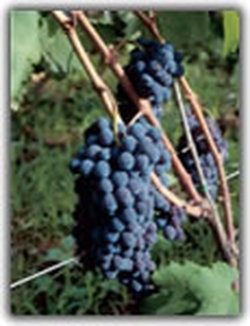 Red Grapes Nero d’Avola (Calabrese) is considered the number one Sicilian red and has been enjoyed since the end of the 17th century. It is one of the oldest indigenous grapes of Sicily and the most widely planted red variety. Nero d’Avola fills approximately 18% of vineyards. Nose: cherries, strawberries and spices Palate: Rich with red fruit, mild tannins, sweet spices, licorice Perricone is mostly grown in a concentrated area of western Sicily and once upon a time was considered the “undisputed” leader of red grapes in western Sicily. Winemakers like to use it as a blending grape. However, 100% Perricone is a treat. Nose: Very aromatic, dark fruit, spice and herbs Palate: Raspberry, marzipan, spice, earthy, chocolate with mild to medium tannins. Reminiscent of Syrah. 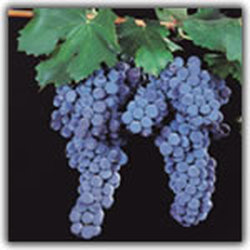 Frappato is believed to have its origins in the Ragusa province of Sicily around 300 years ago. It is characterized as a light and refreshing wine. Nose: full bouquet, cherry Palate: mild tannins violet, strawberries Nerello Mascalese and Nerello Cappuccio are highly regarded grapes that primarily grow on the volcanic slopes of Mount Etna in some of the highest vineyards in Europe. The grapes are considered “cousins” and tend to be used together in blending, but they also drink well on their own. Nerello Mascalese is ripe with fruit flavors, herbs and cinnamon. Nerello Cappuccio is softer with more cherry flavors and spice on the palate. 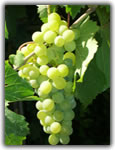 White Grapes Grillo, one of Sicily’s best known grapes, is found throughout western Sicily and is noted for its citrus flavors, sweetness and mild acidity. Due to the grape’s high sugar levels, it is ideal for the production of fortified wines. Historically, Grillo was used in the production of Marsala wine. However, Catarratto has taken the lead. And now due to the innovation of new winemakers, Grillo has a wide range of styles, from crisp and savory, to structured and mature. It is interesting to note that in 1848 Grillo became a hybrid of Zbibbo and Catarratto. 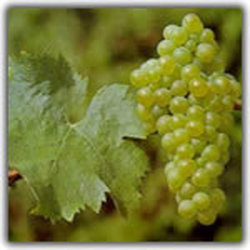 Catarratto is considered the primary white grape of Sicily with more area planted than any other grapevine and makes up 60% of the total grape vineyard area, with most of it on the western side of the island. As noted above, is used in the making of Marsala wine. Nose: floral, citrus, melon that segues onto the palate. 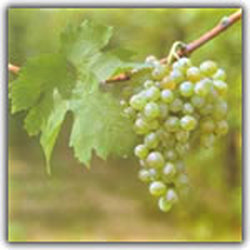 Inzolia is grown primarily in western Sicily and is the island’s fourth most widely planted grapevine. It is usually used in blends to make drier wines. And it is also used to make Marsala. Nose: aromatic, citrus, almonds Palate: tropical fruit and almonds, herbs, fresh and lively 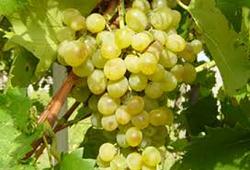 Zibibbo grape is also the name of the sweet wine that is obtained from the grape and is grown on Pantelleria Island as well as in Mazara del Vallo and the nature reserve “Gorghi Tondi. I will go into further detail about Zibibbo, production and tastings later on. The typical Zibibbo wine is very aromatic with apricot, floral and almond lingering on the finish. This is just a small sampling of indigenous grapes from Sicily. The list could go on forever, but I need to stop here and rev up the tour bus because we are starting our adventure in Catania at the foot of Mount Etna on the easternmost side of the island. We will then slowly make our way back to the westernmost side of the island, visiting winemakers along the way and eventually we’ll fly over to Pantelleria Island. So hop on board, buckle up and let’s go! Catania is an ancient port city that sits at the foot of Mount Etna. After traveling across Sicily, visiting five wineries and absorbing the incredible biodiversity of the land, I came here as Assovini Sicilia’s guest to participate in Sicilia En Primeur. It was a whirlwind of activity and also an incredible introduction and education into Sicily’s culture and gastronomy! The two-day event gave me the opportunity to taste the 2016 vintages from forty-nine major wine producers of the region, attend Master Classes and blind tastings. A gala wine party, complete with amazing food and music was held for the journalists and wine producers at Palazzo Biscari, a magnificent private palace built in the 1700s. Slide show below. It was a pleasure speaking with the producers and winemakers. Each had a story to tell. But the common theme was their love for Sicily, respect for the environment and their passion and dedication in making great wine while maintaining the tradition and character of the land. Sicily is becoming more dedicated to organic and biodynamic agriculture and using sustainable practices.
A new generation of winemakers are making their mark by embracing the old while developing new ideas, techniques and blends that transcend into reds that are elegant, fresh and lively and whites that are focused, crisp and leap out of the glass! We’ll begin a tour of the vineyards next time! Cheers! Penina To leave a comment or if you have an inquiry, please contact me at [email protected] |
Categories
All
|

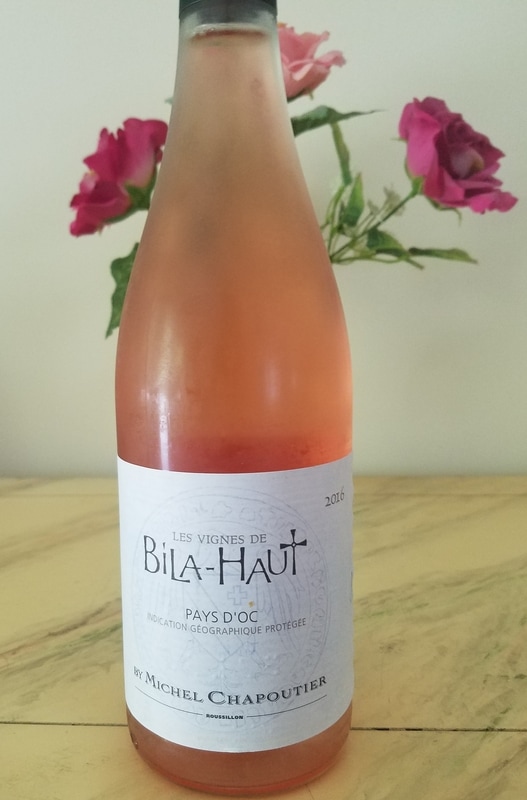
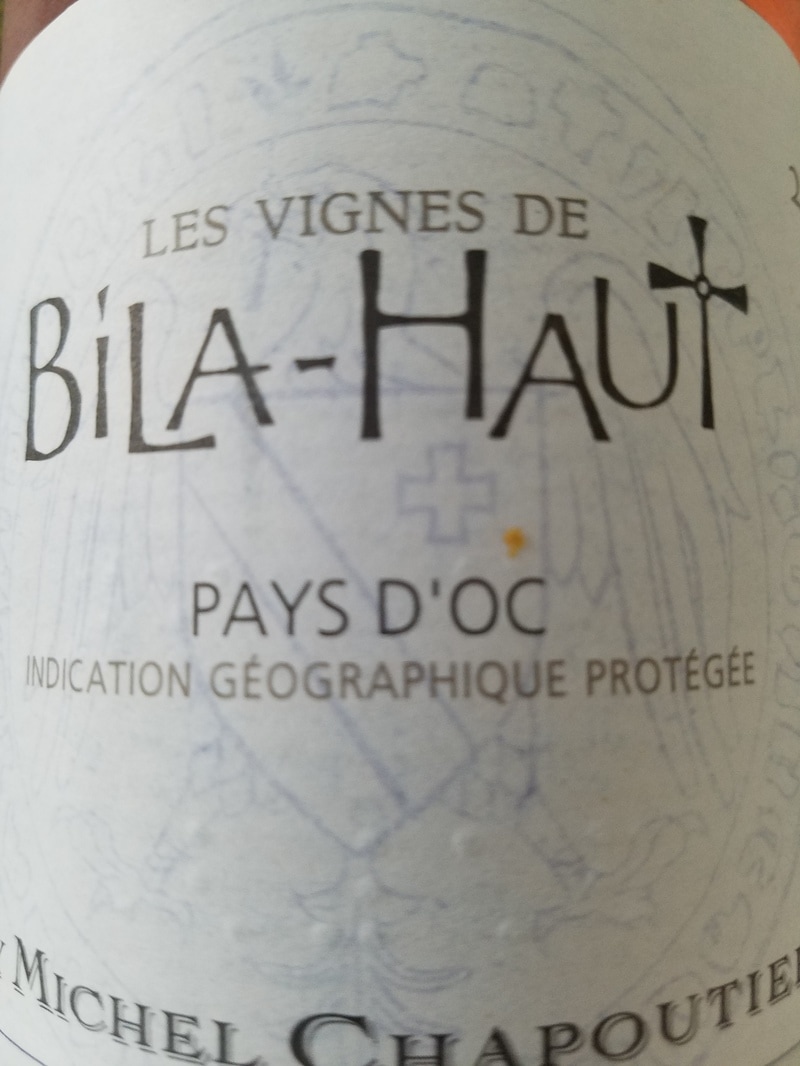
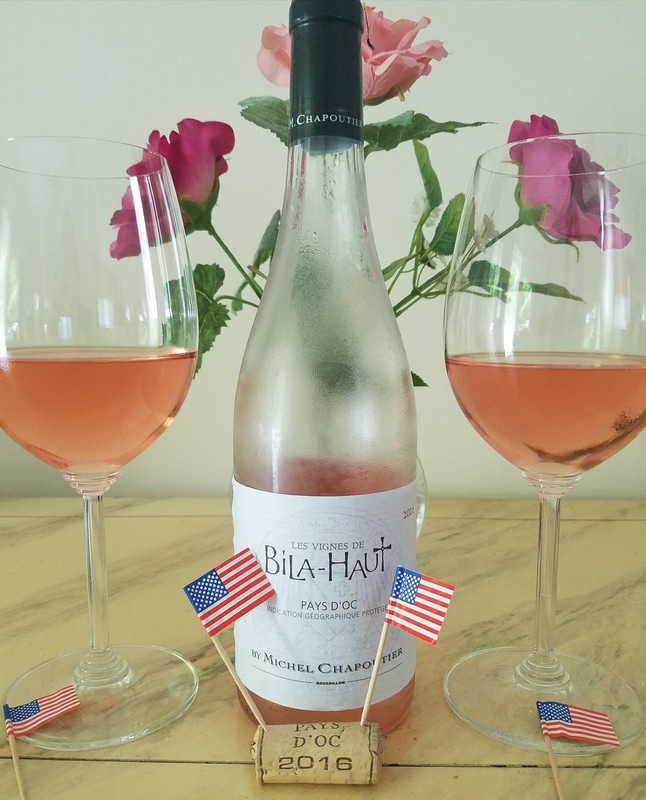

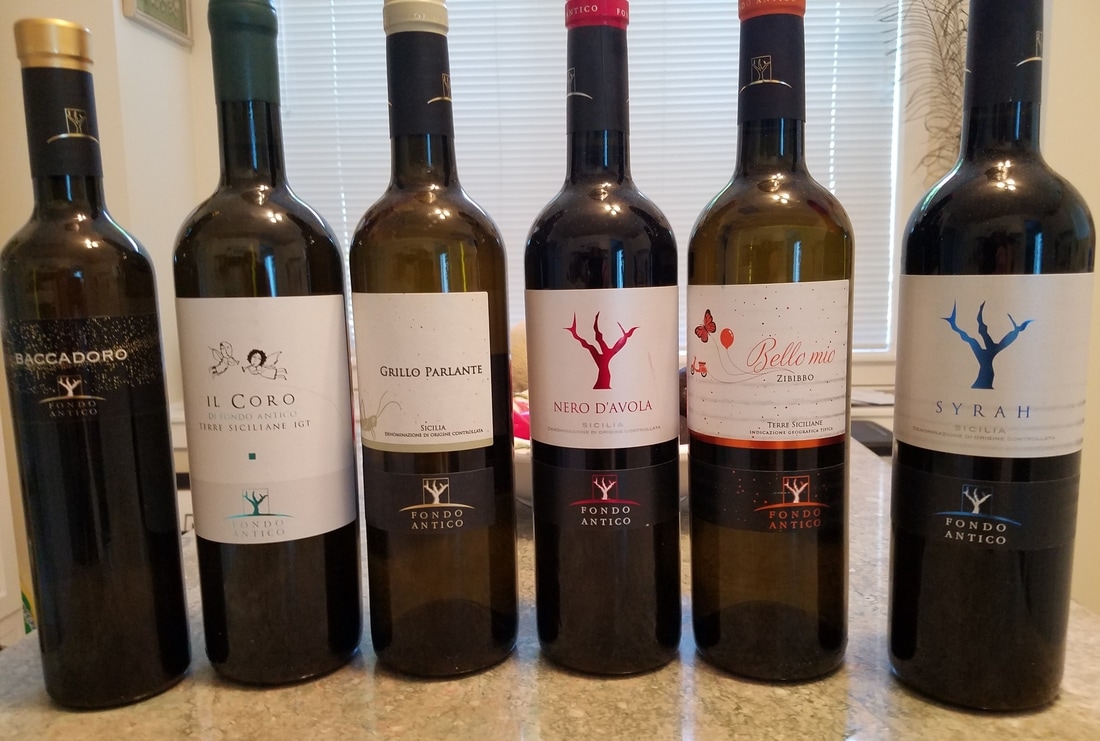
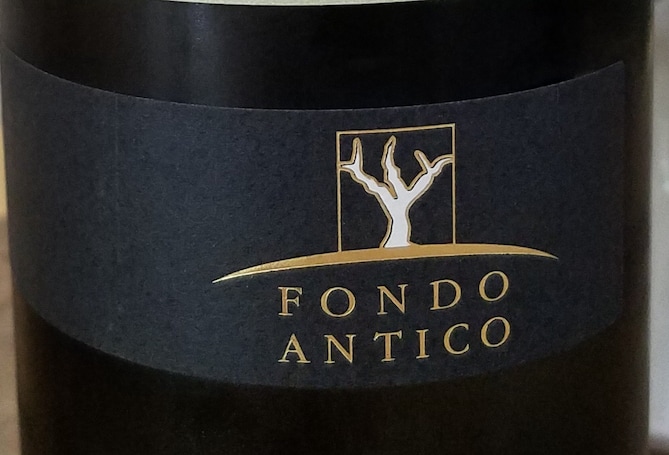

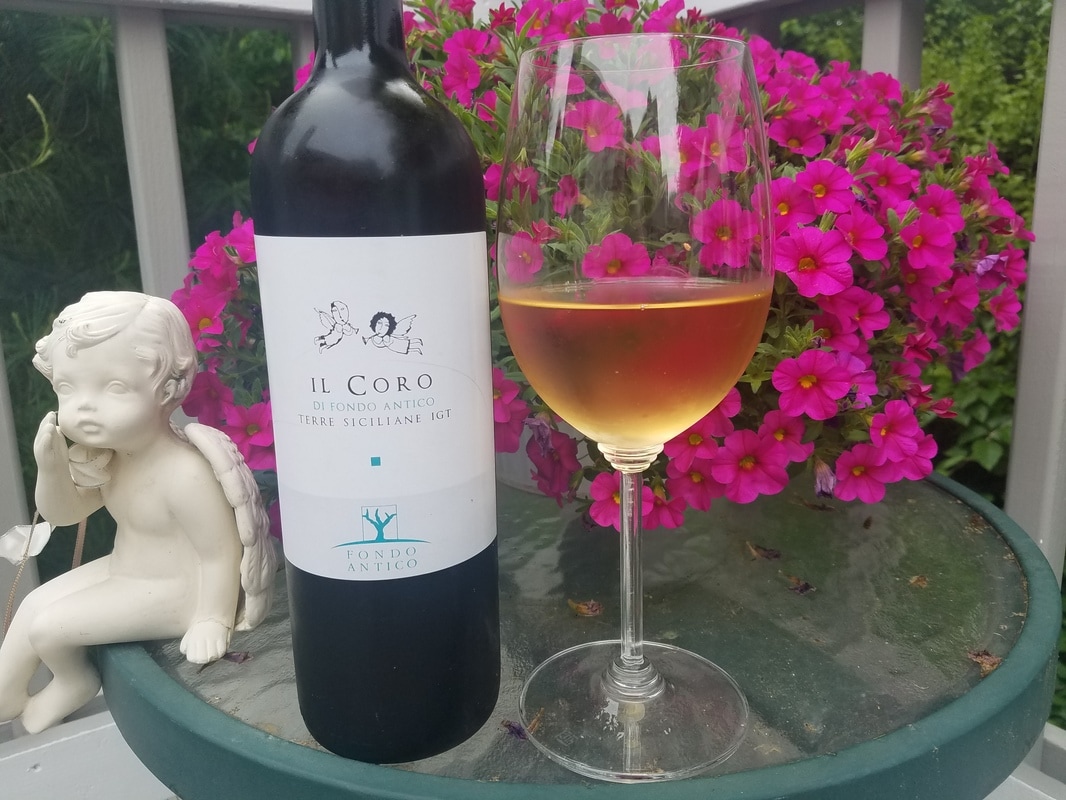
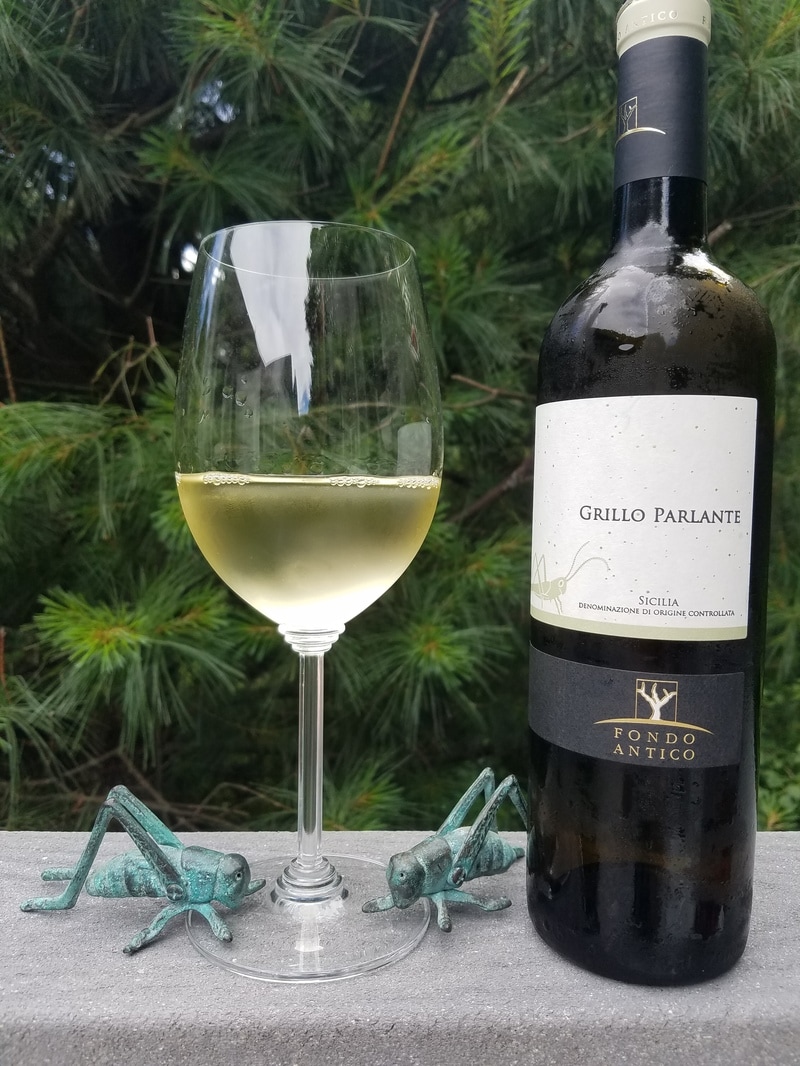
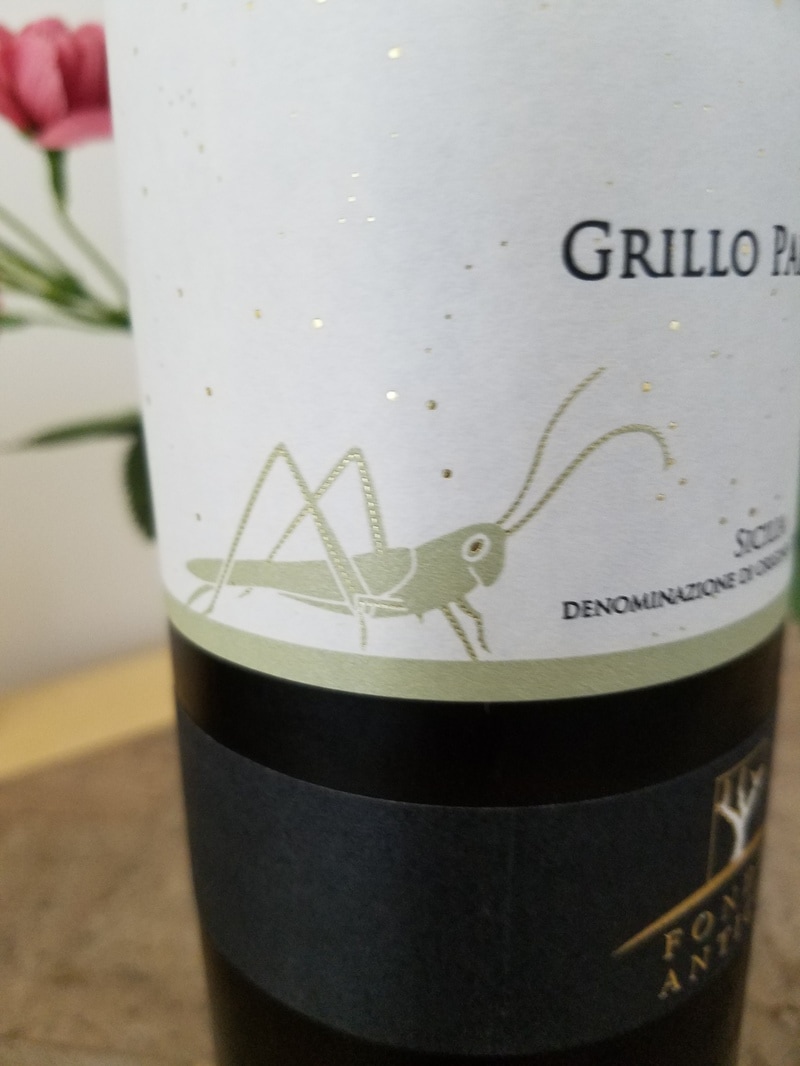
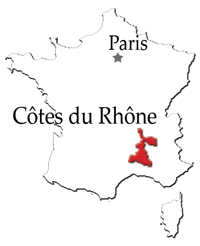
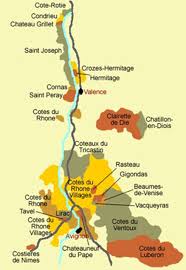
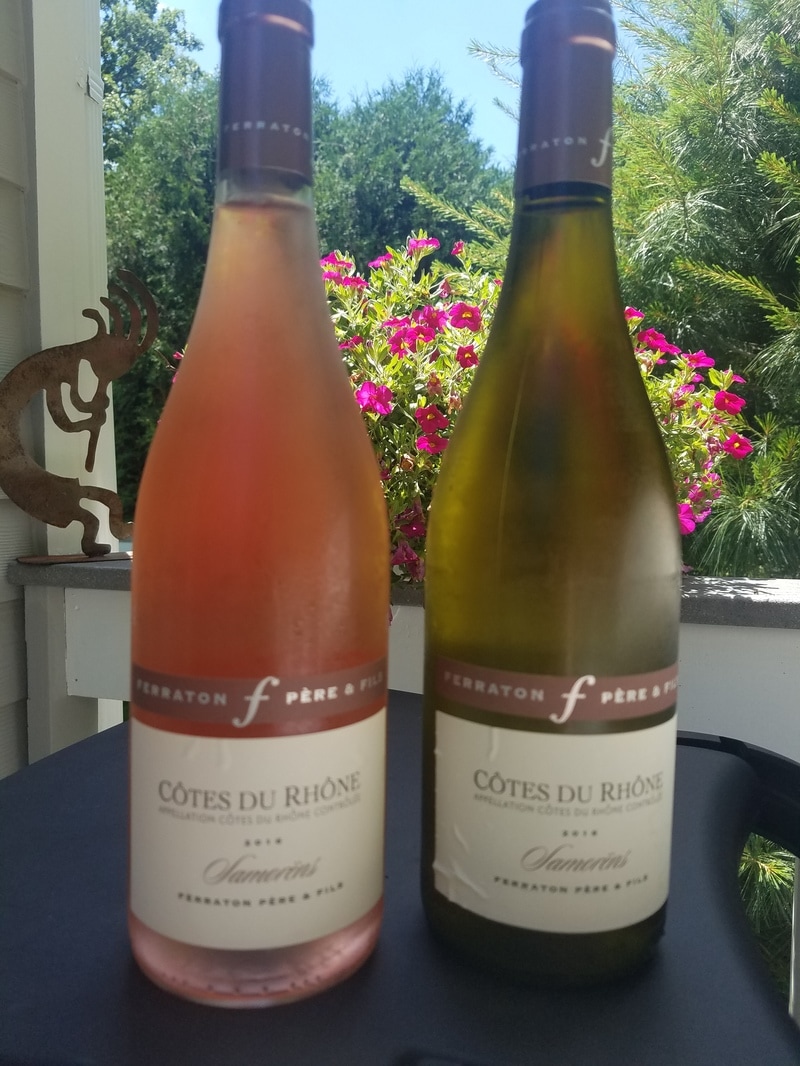
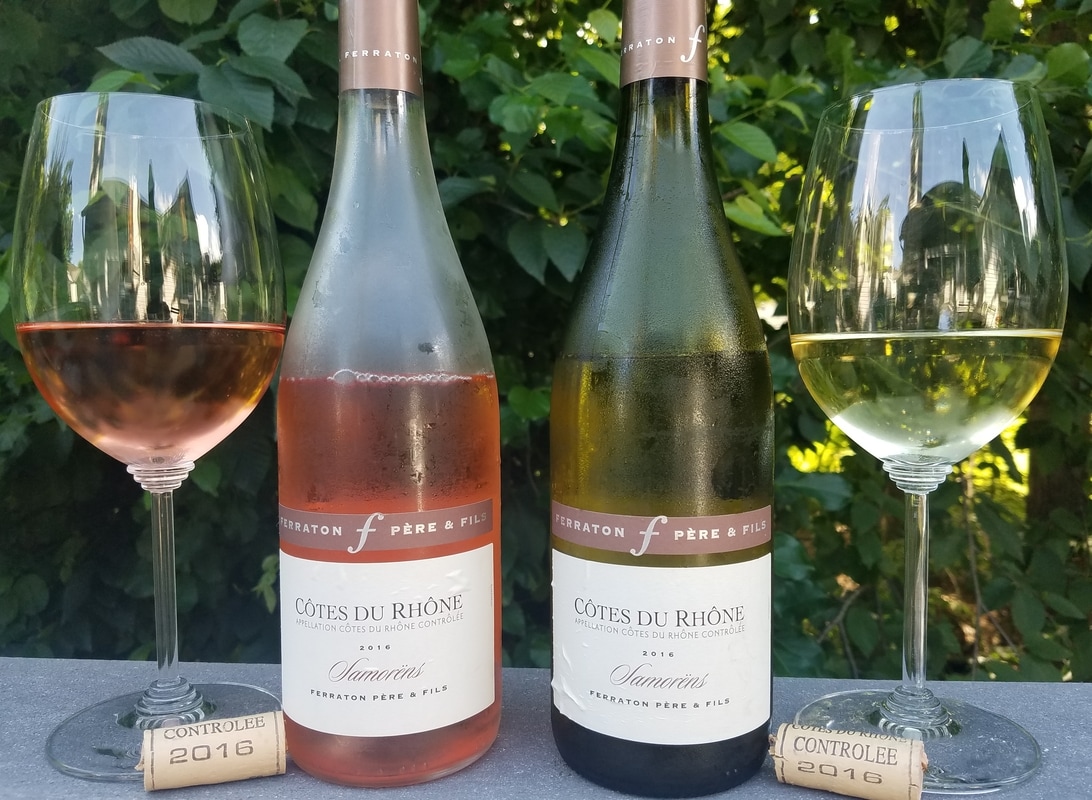


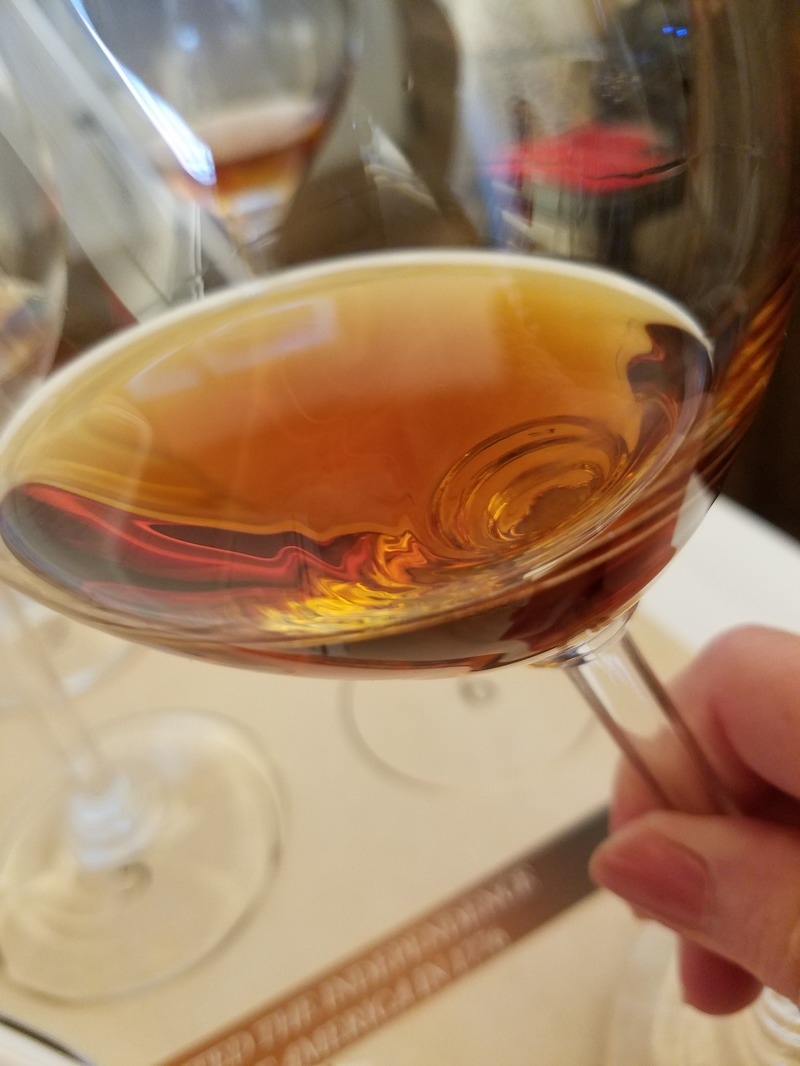
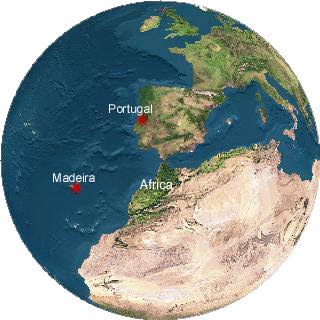
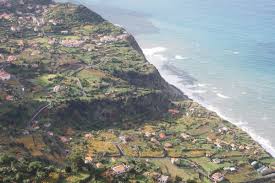

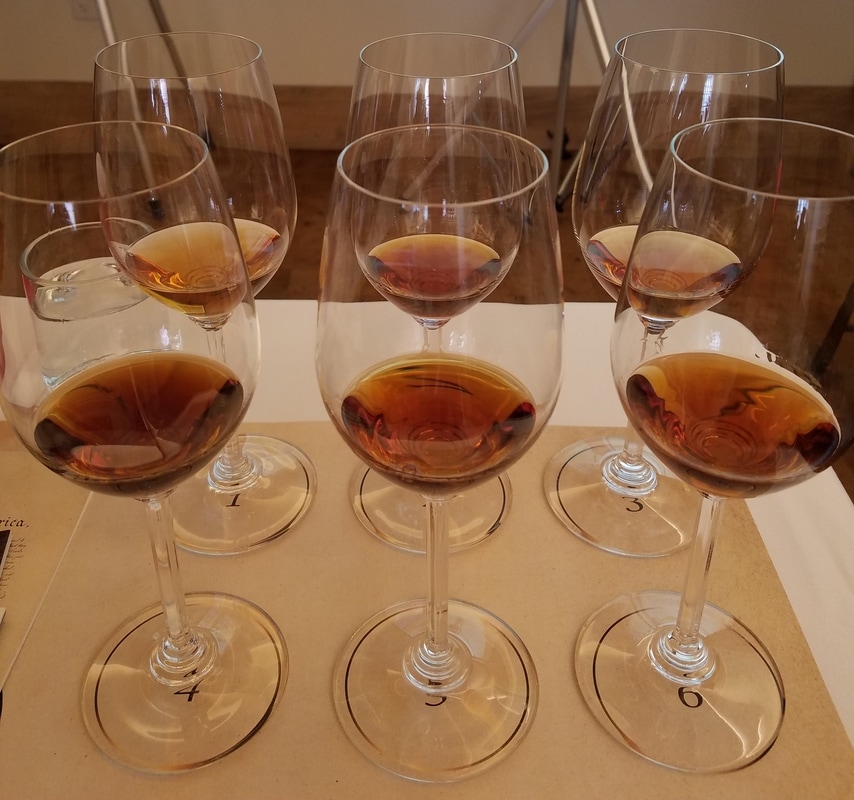
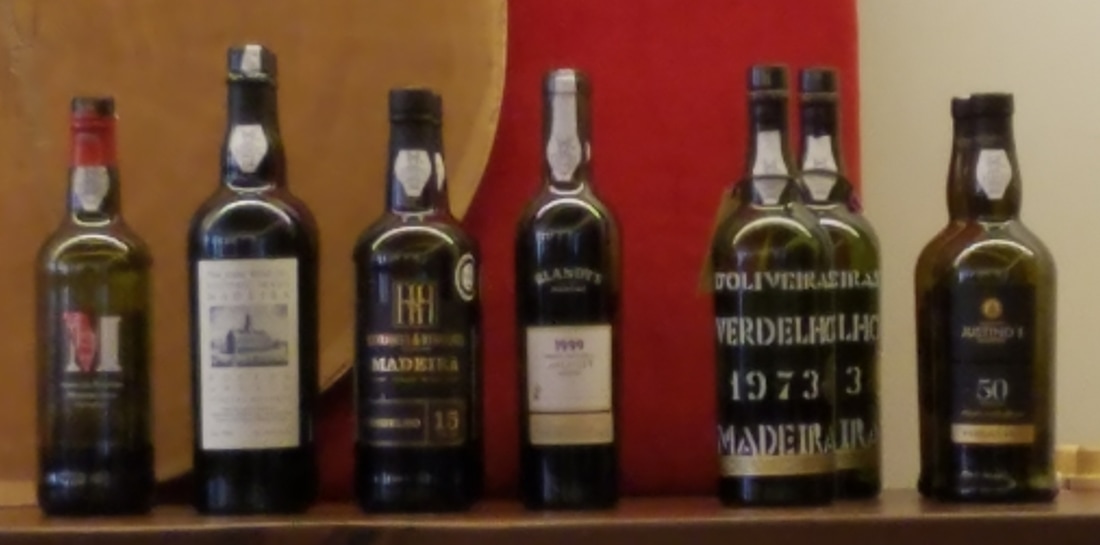
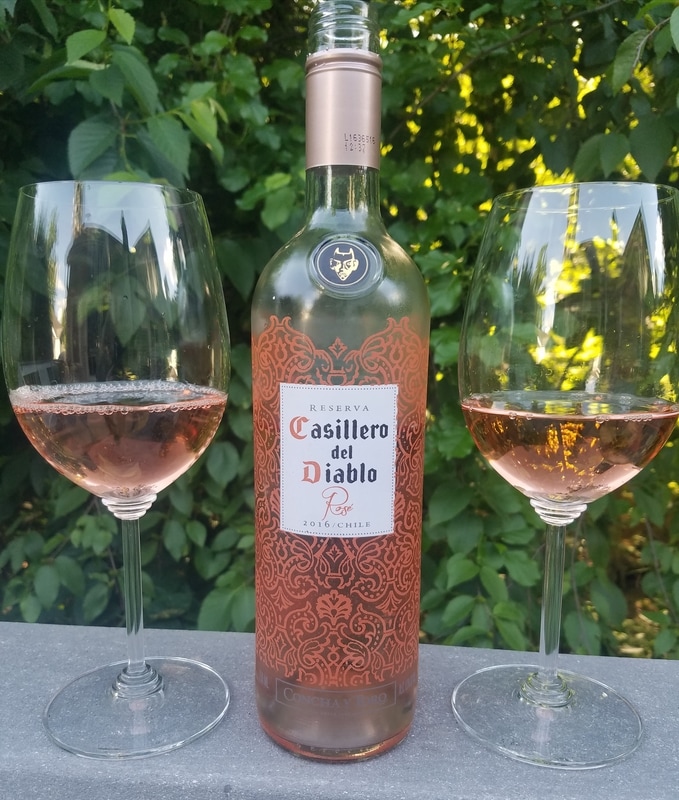
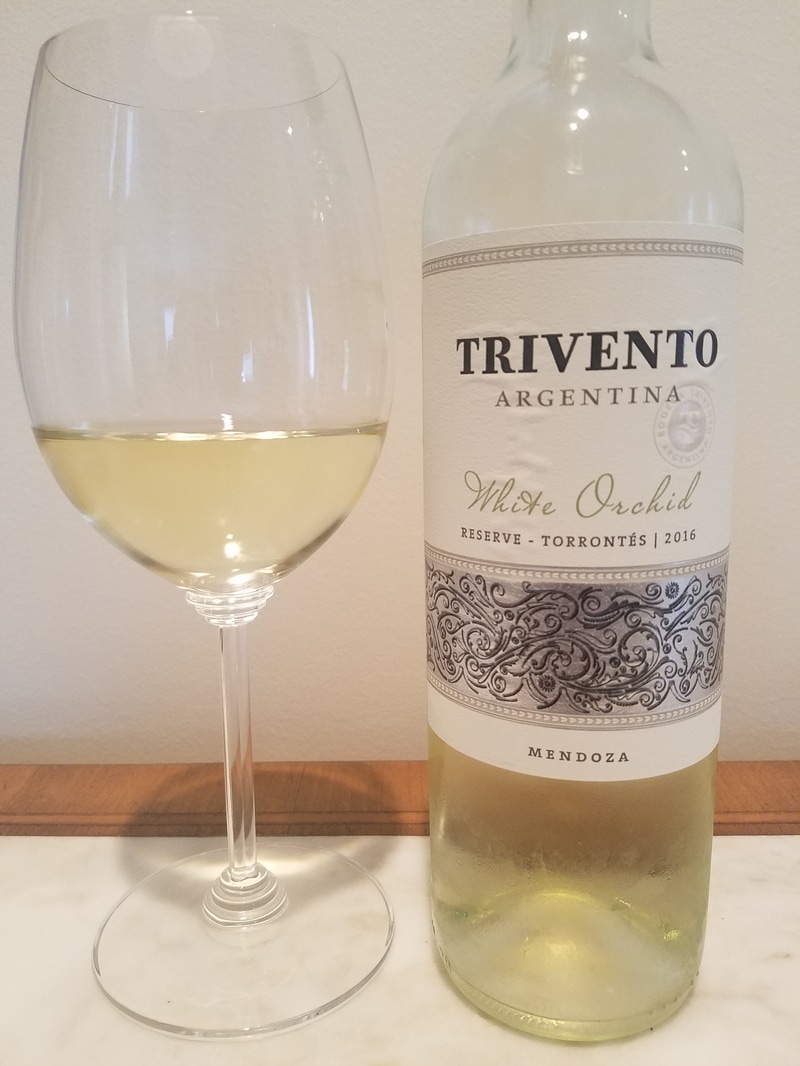
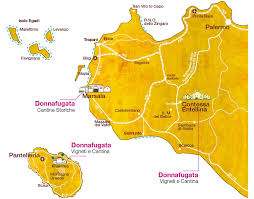
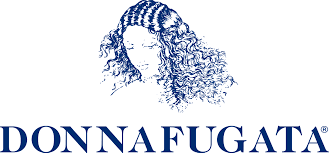
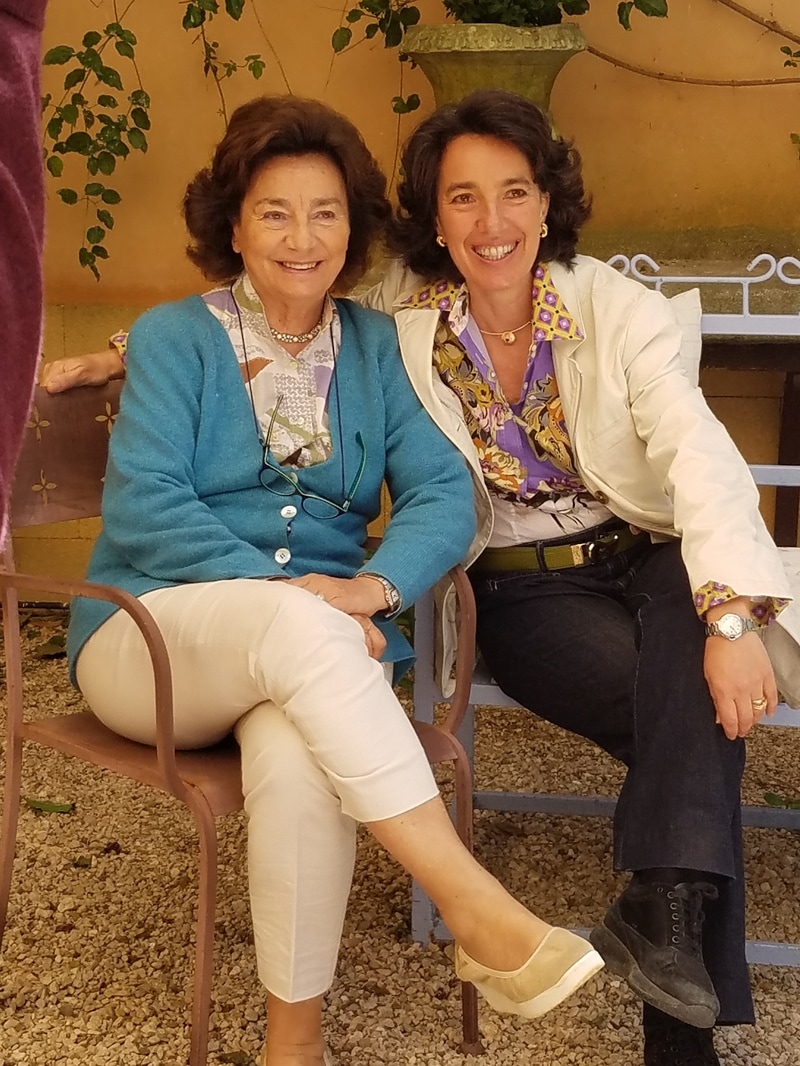
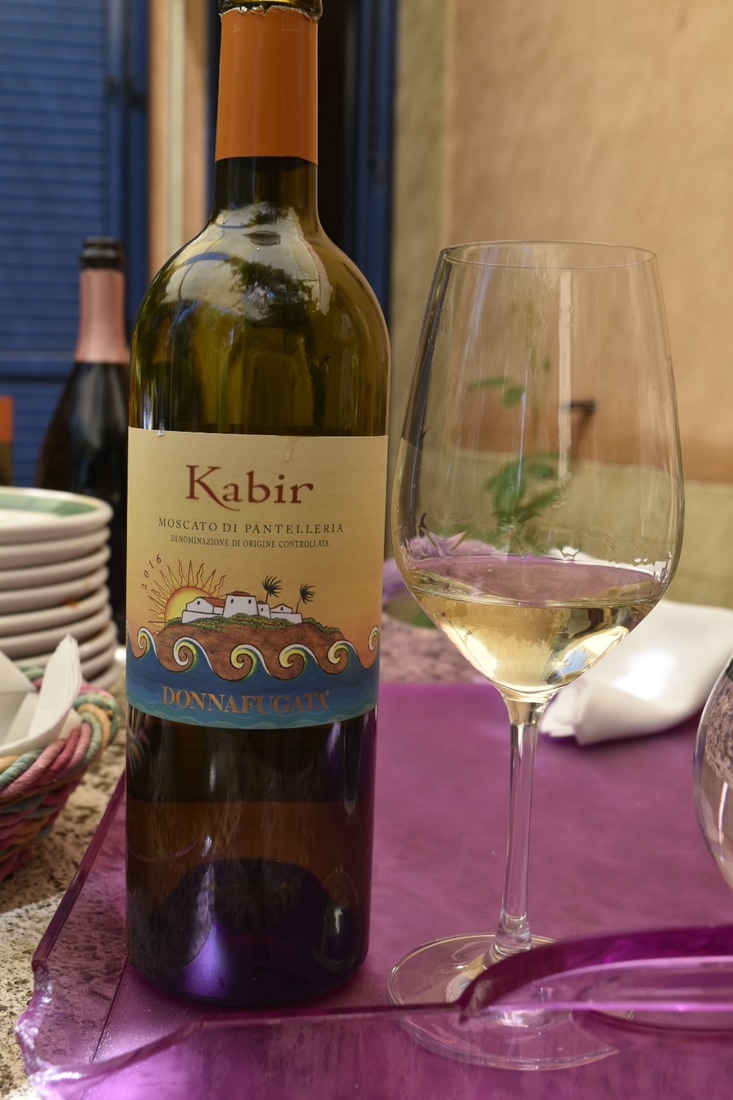
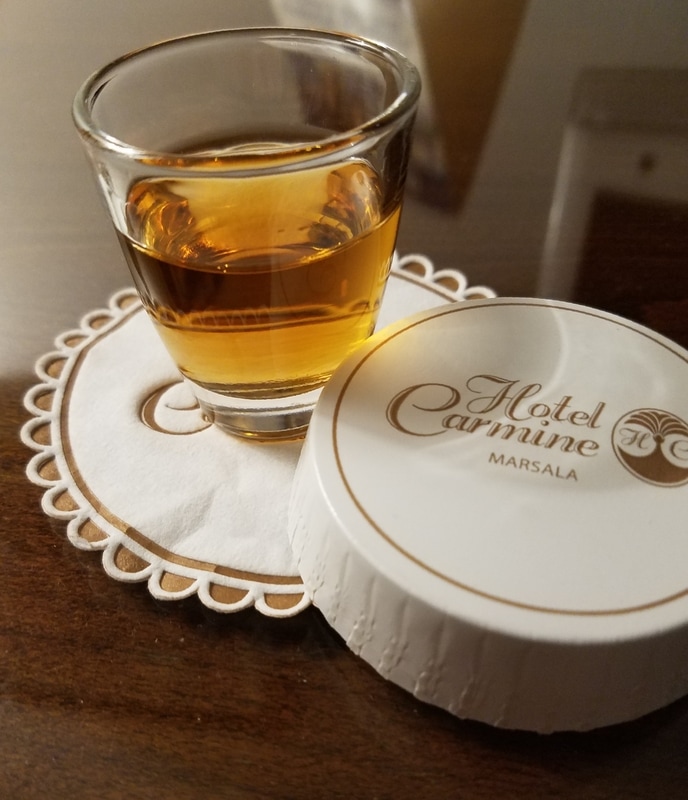
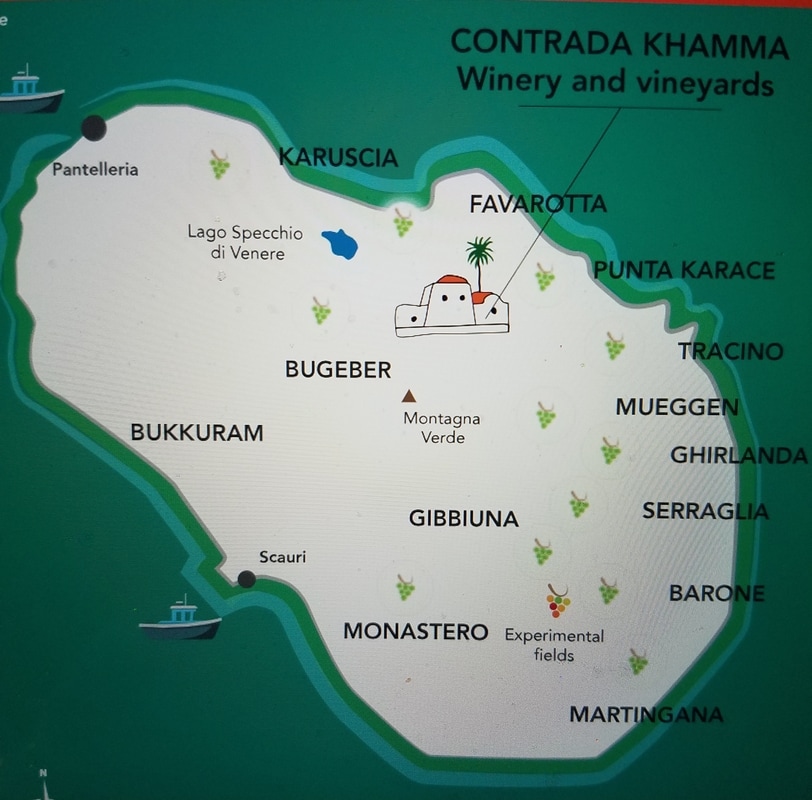
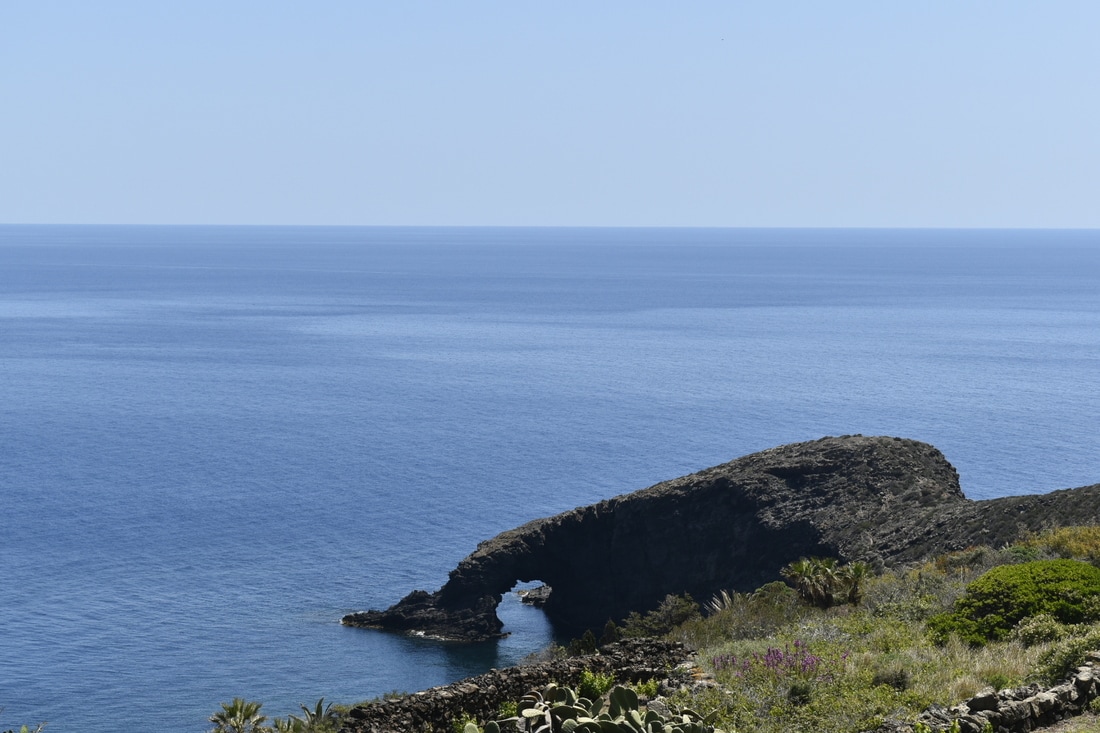







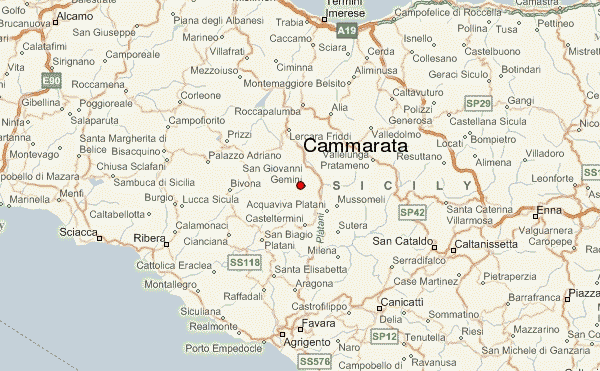
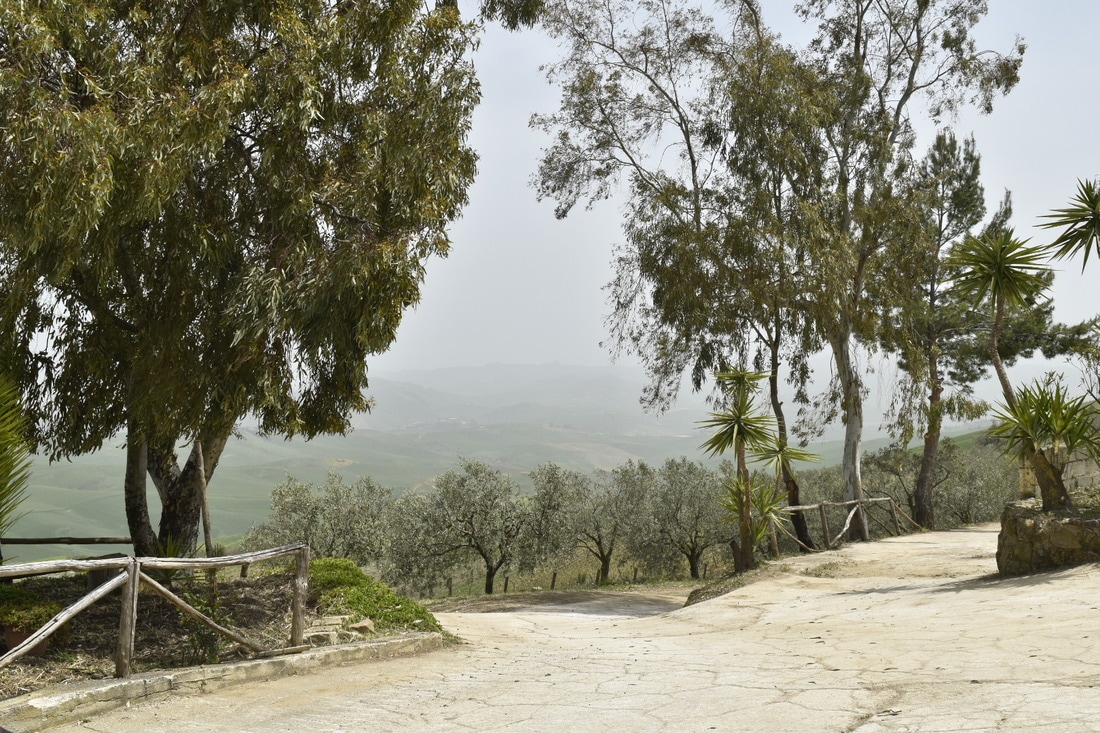
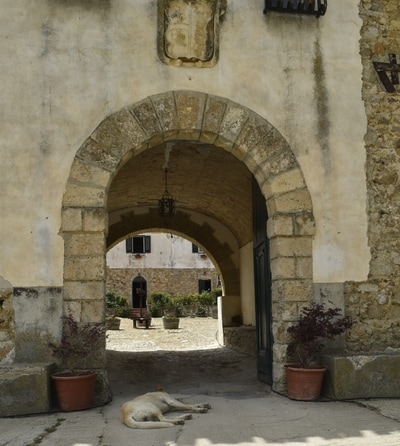
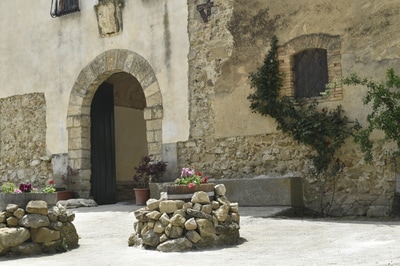
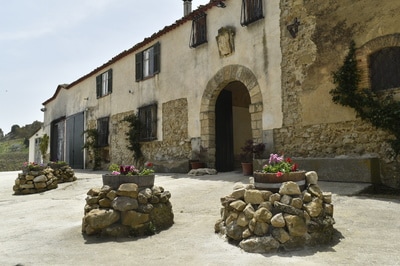
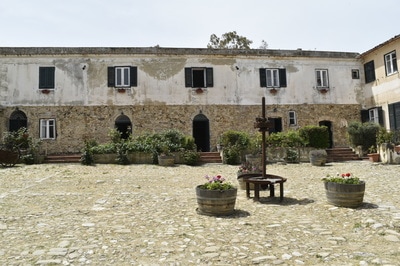
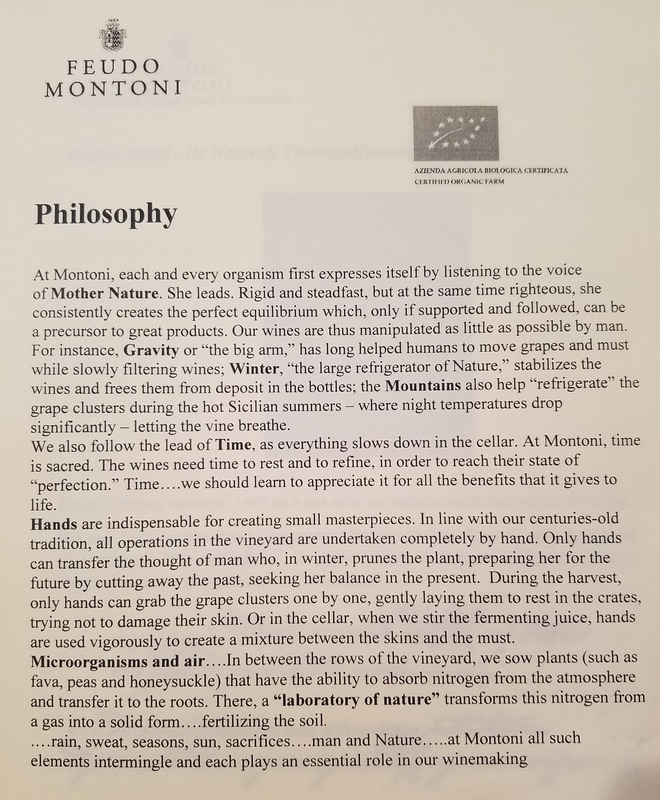
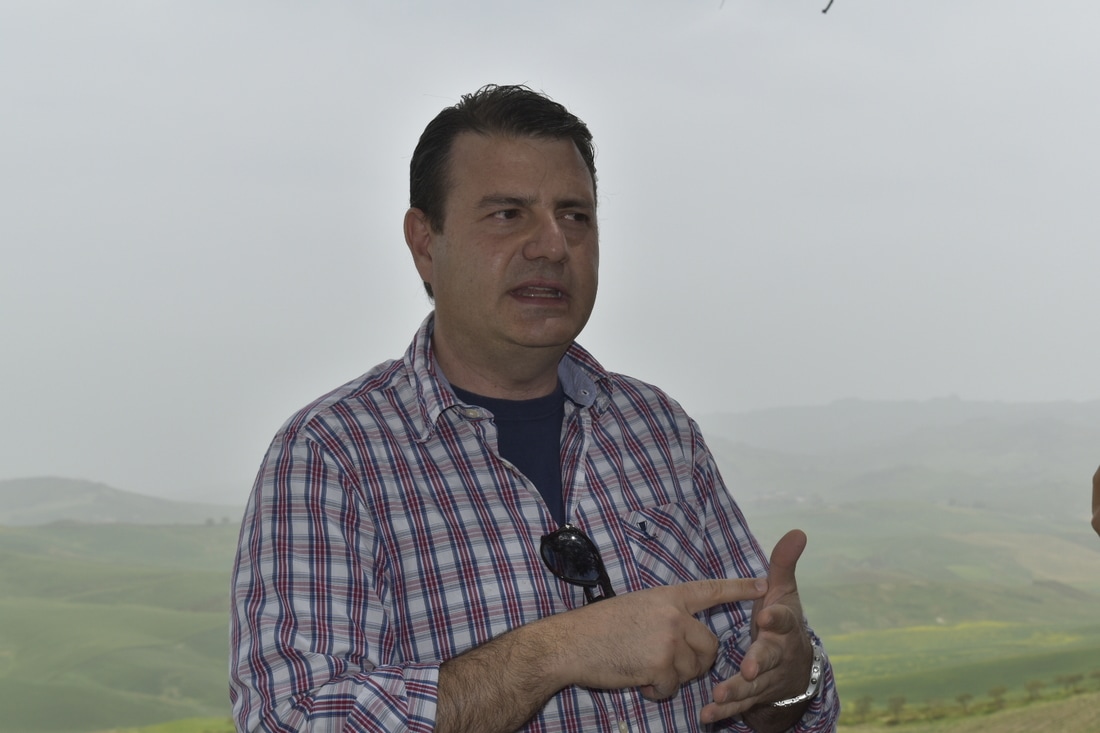
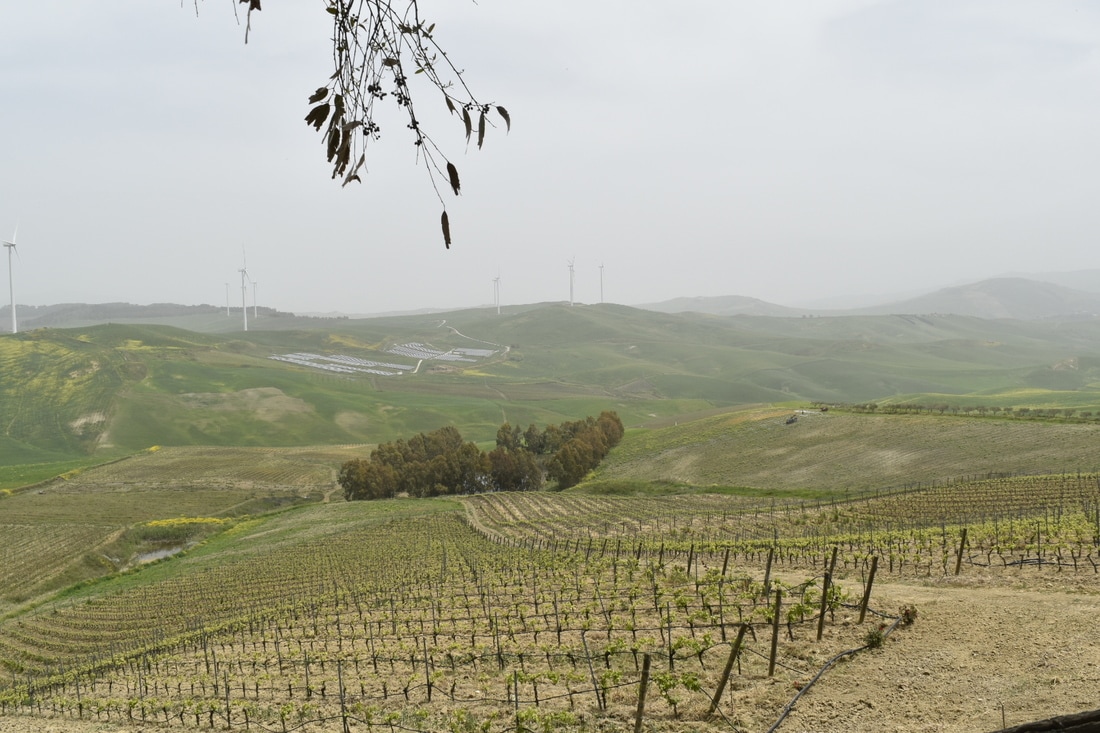
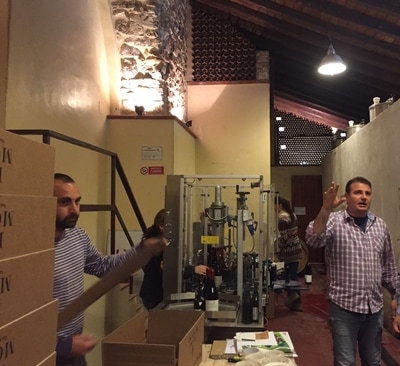
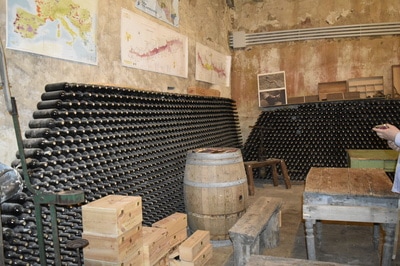
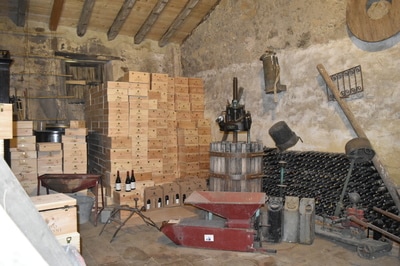
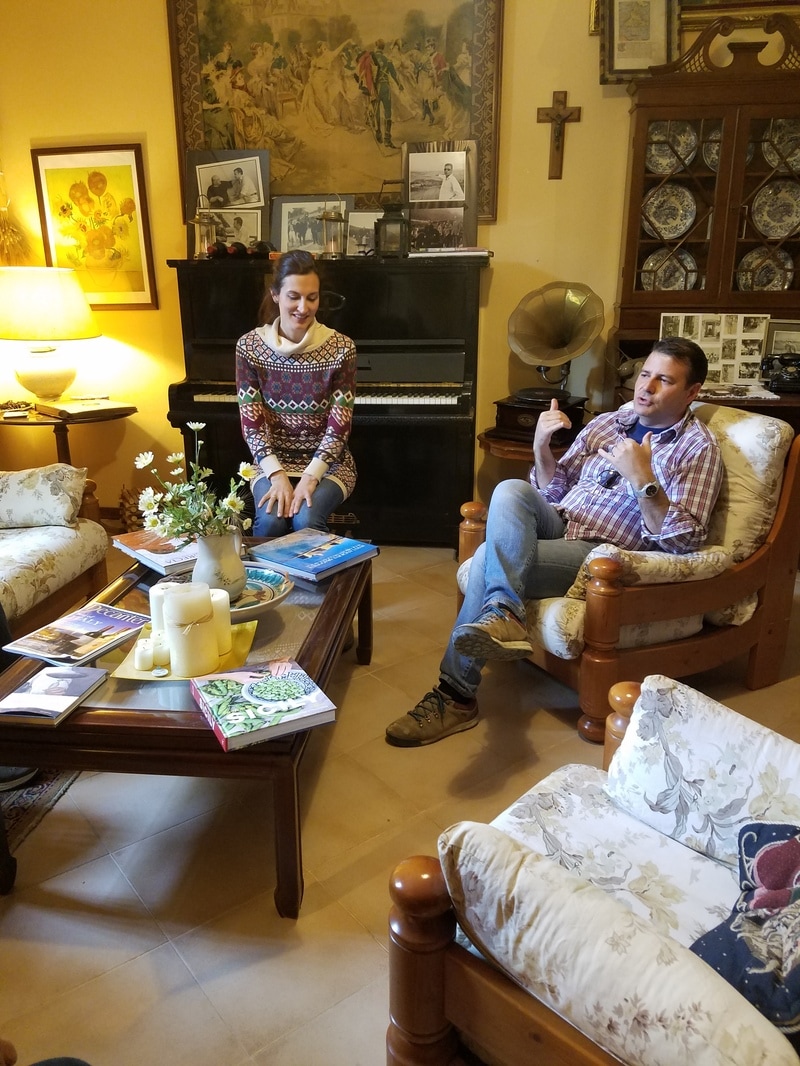
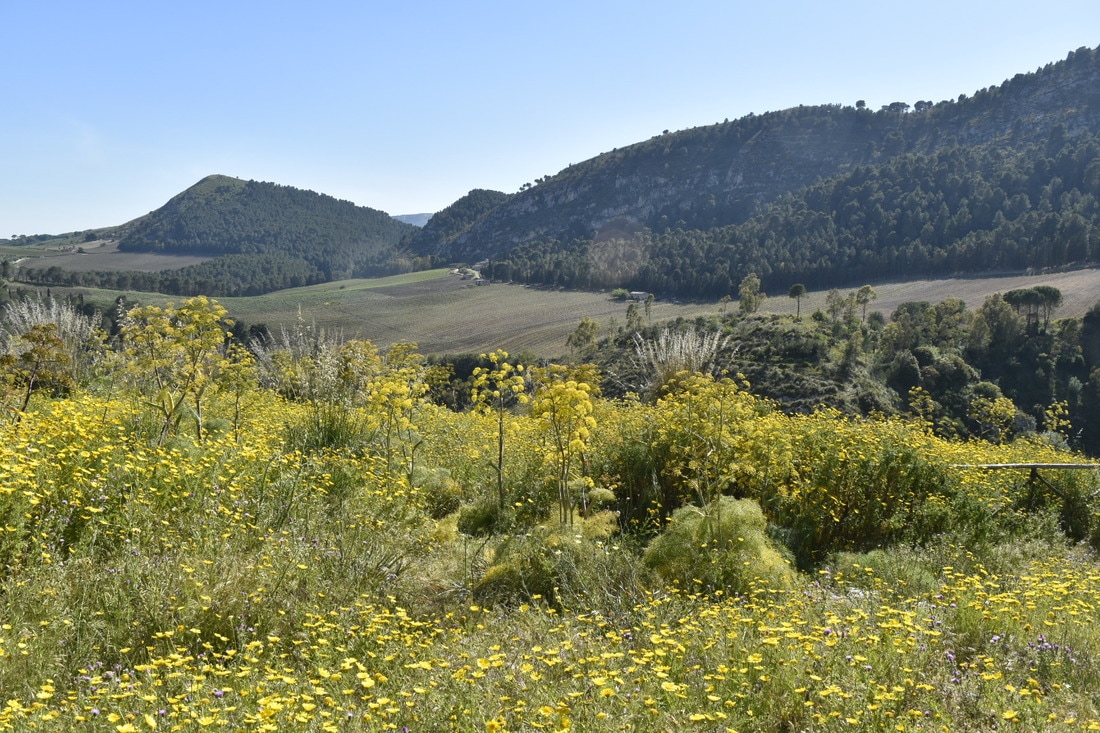
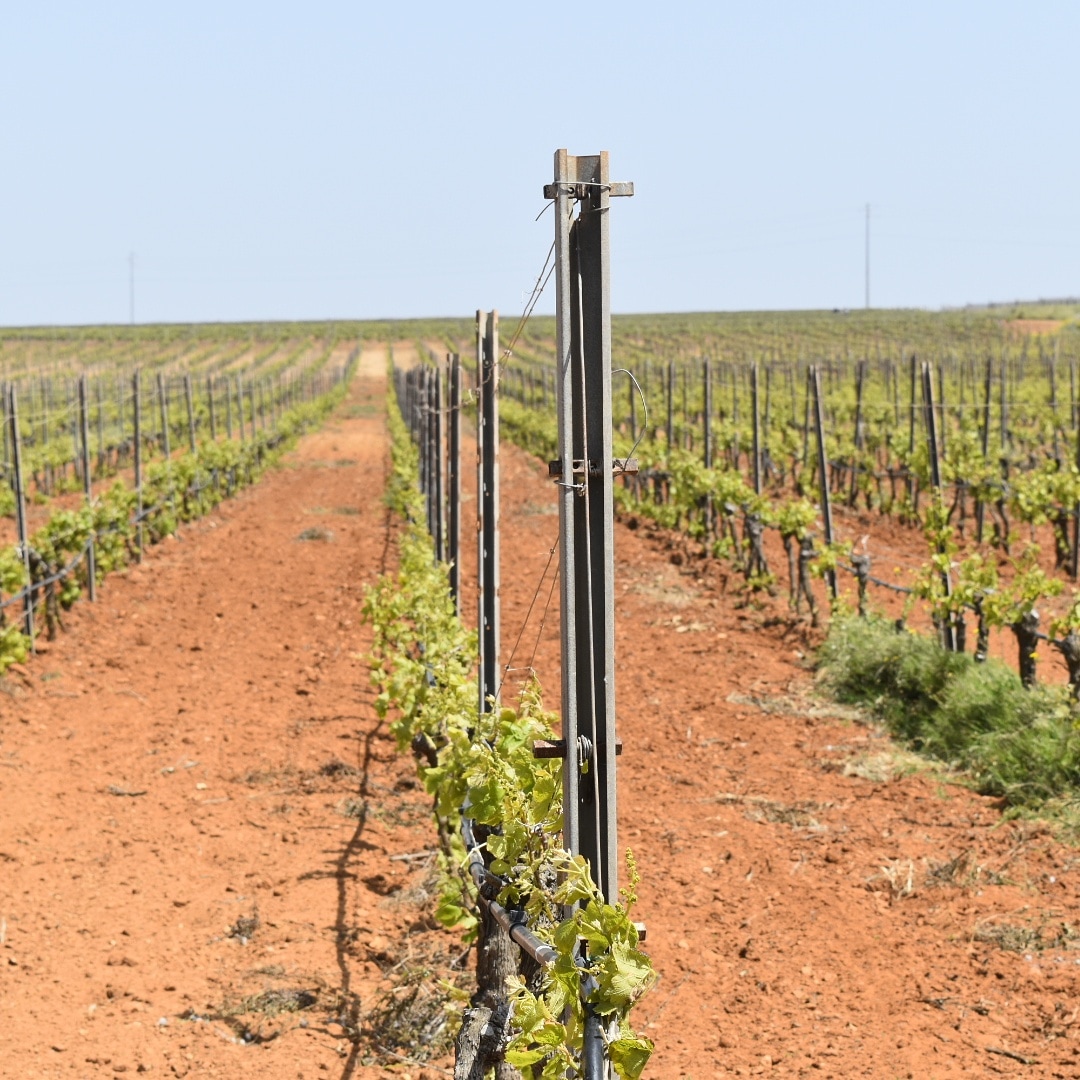
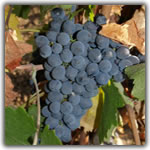
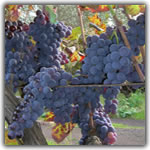
 RSS Feed
RSS Feed